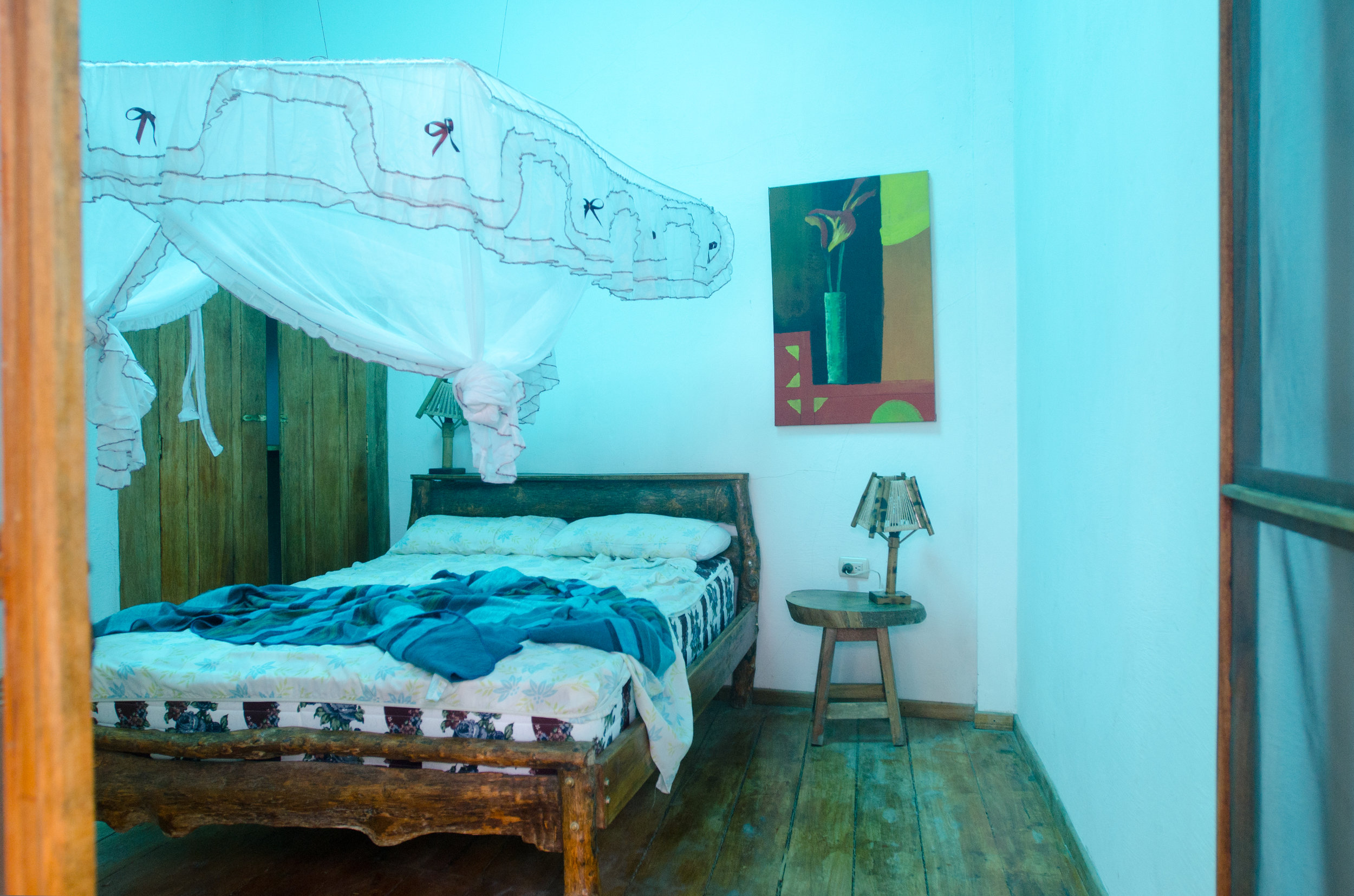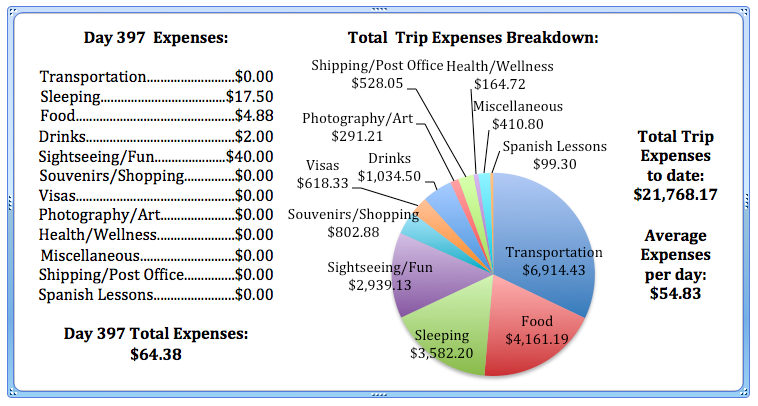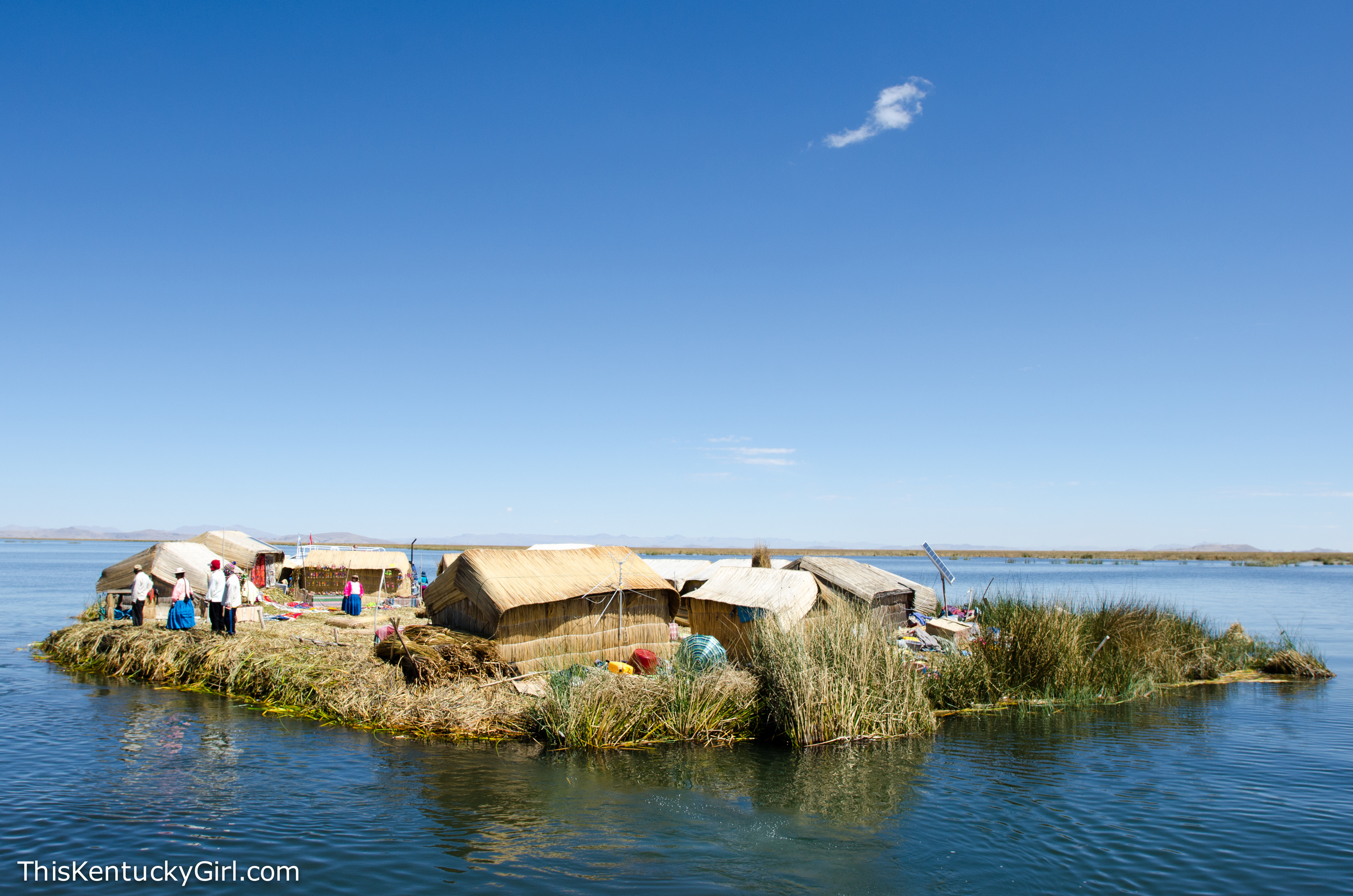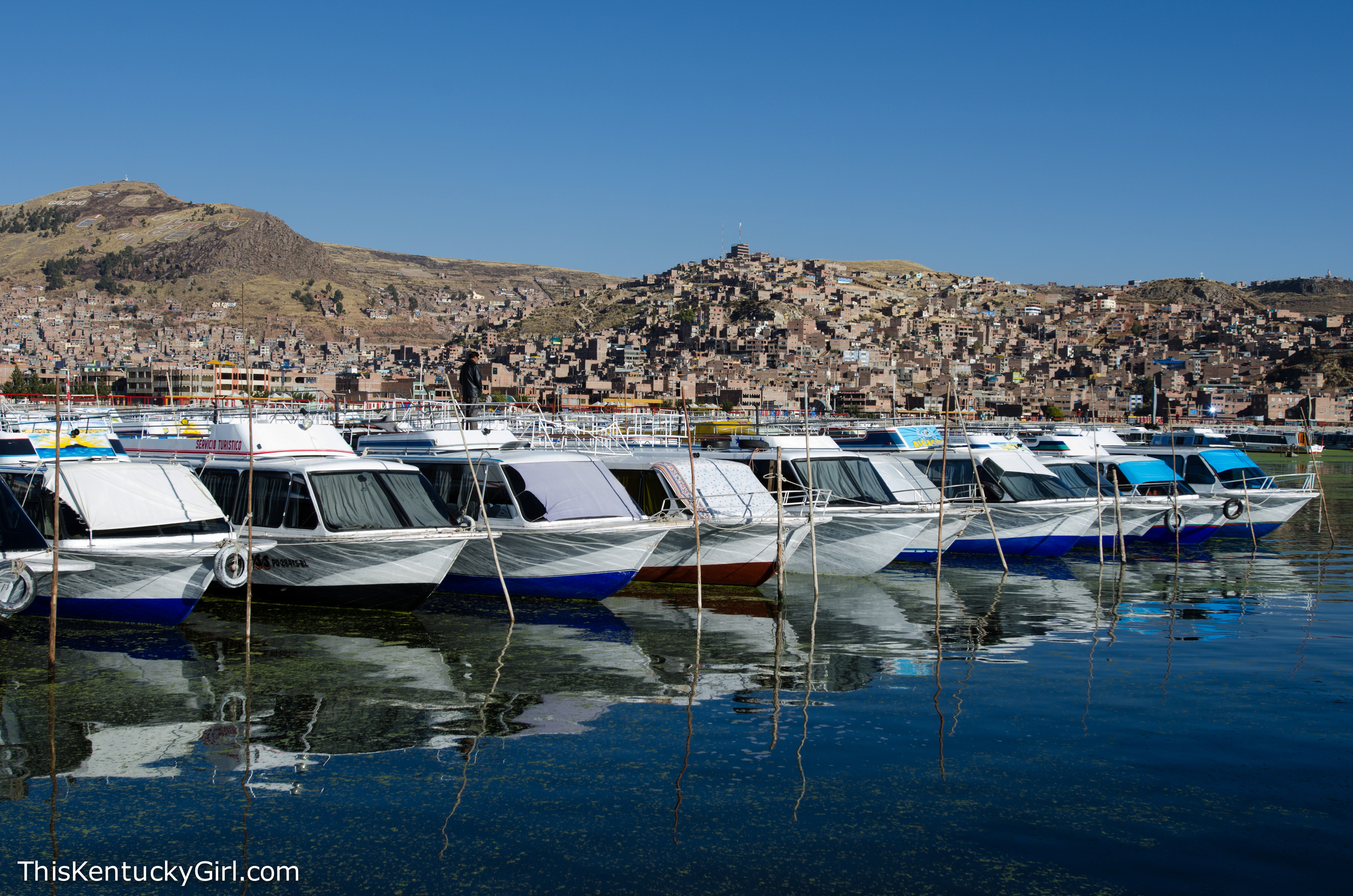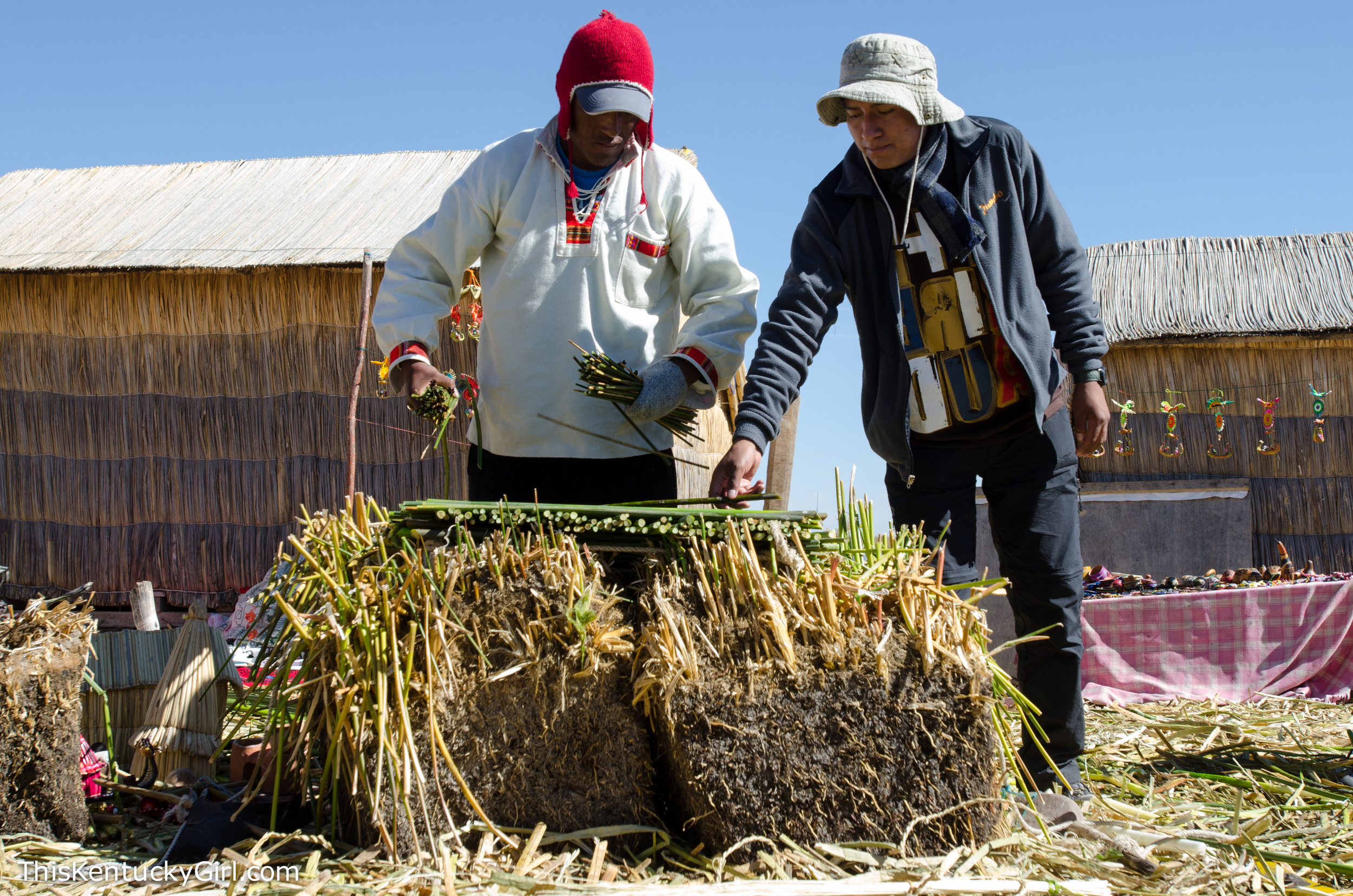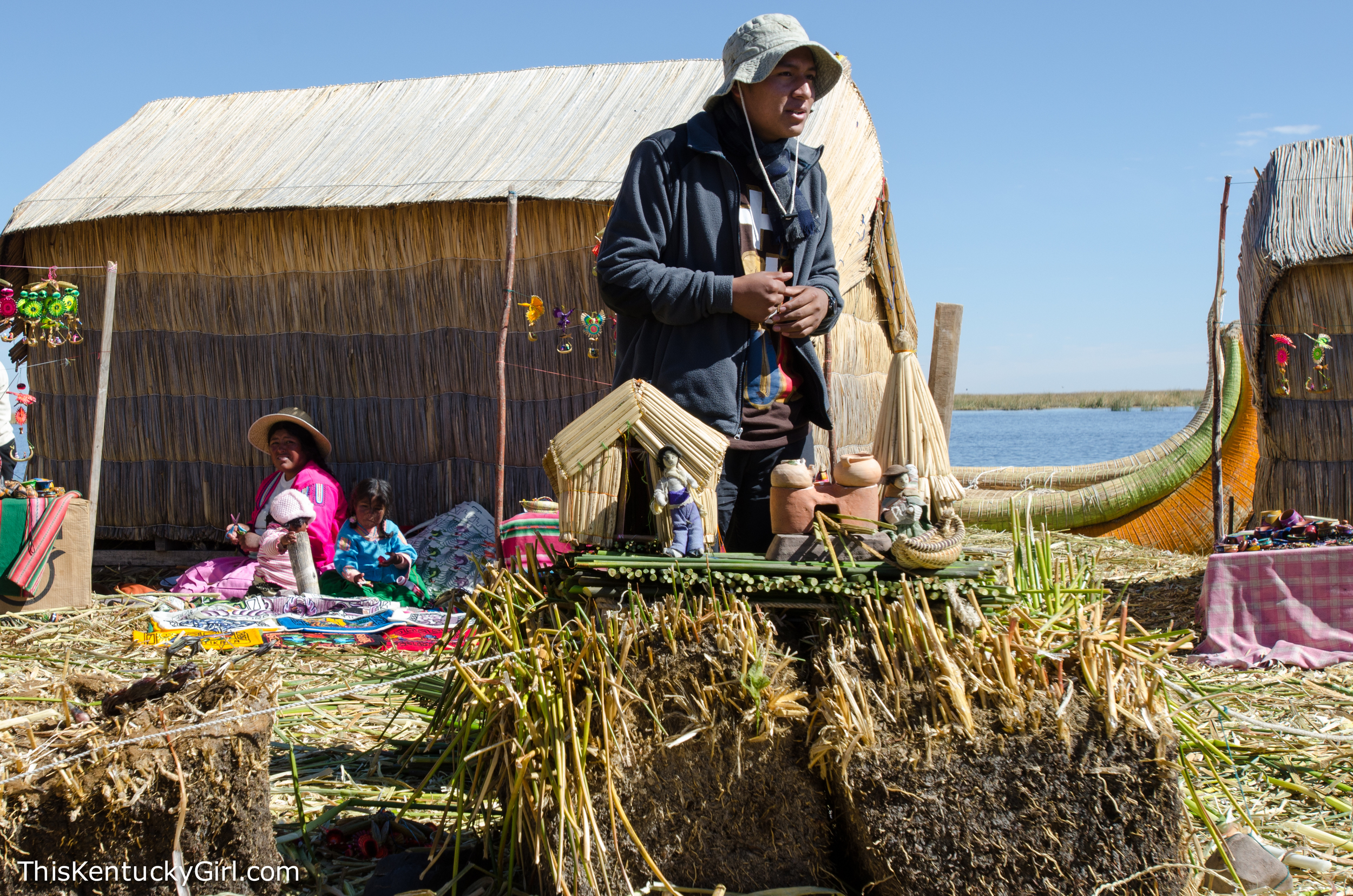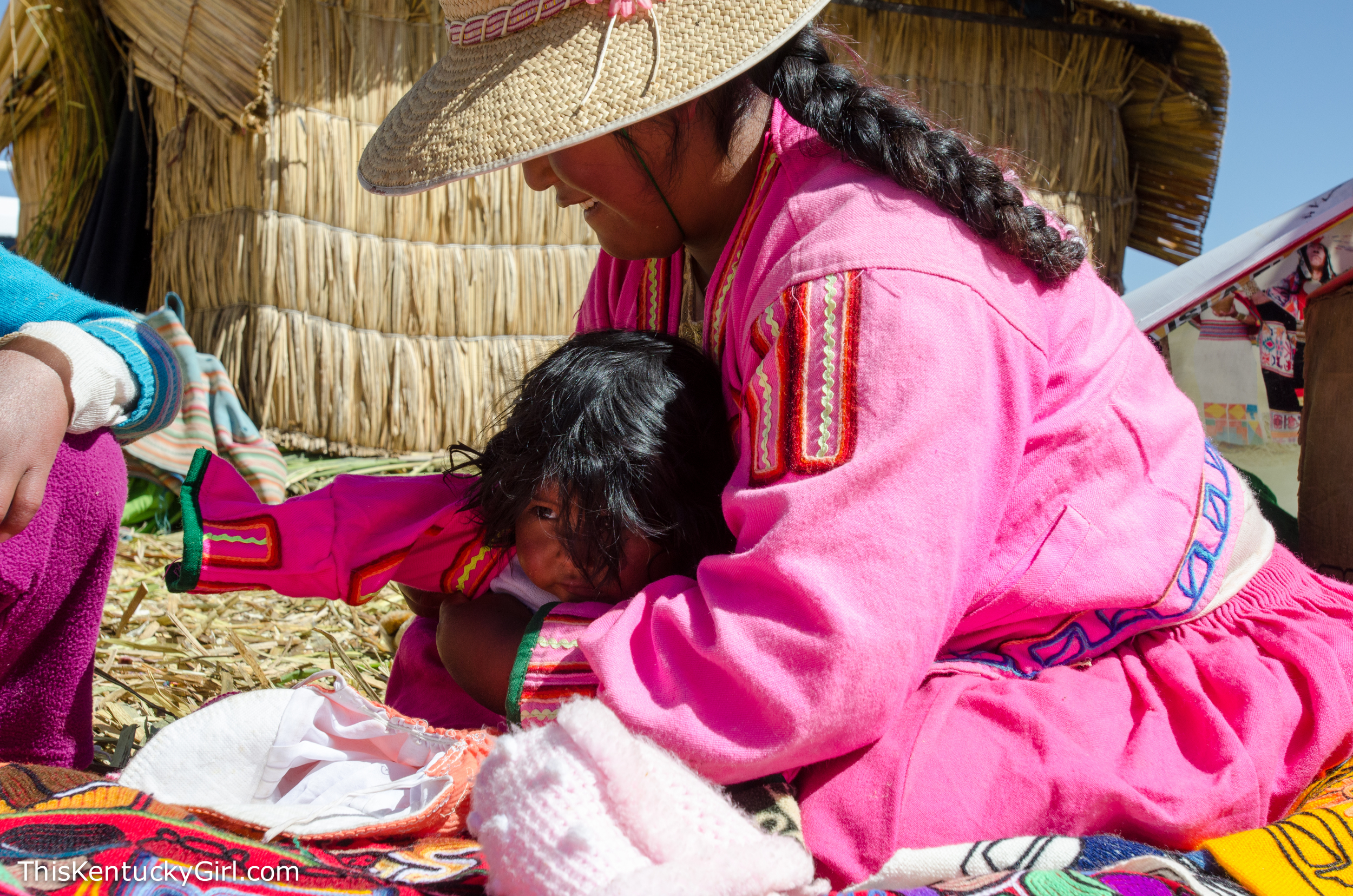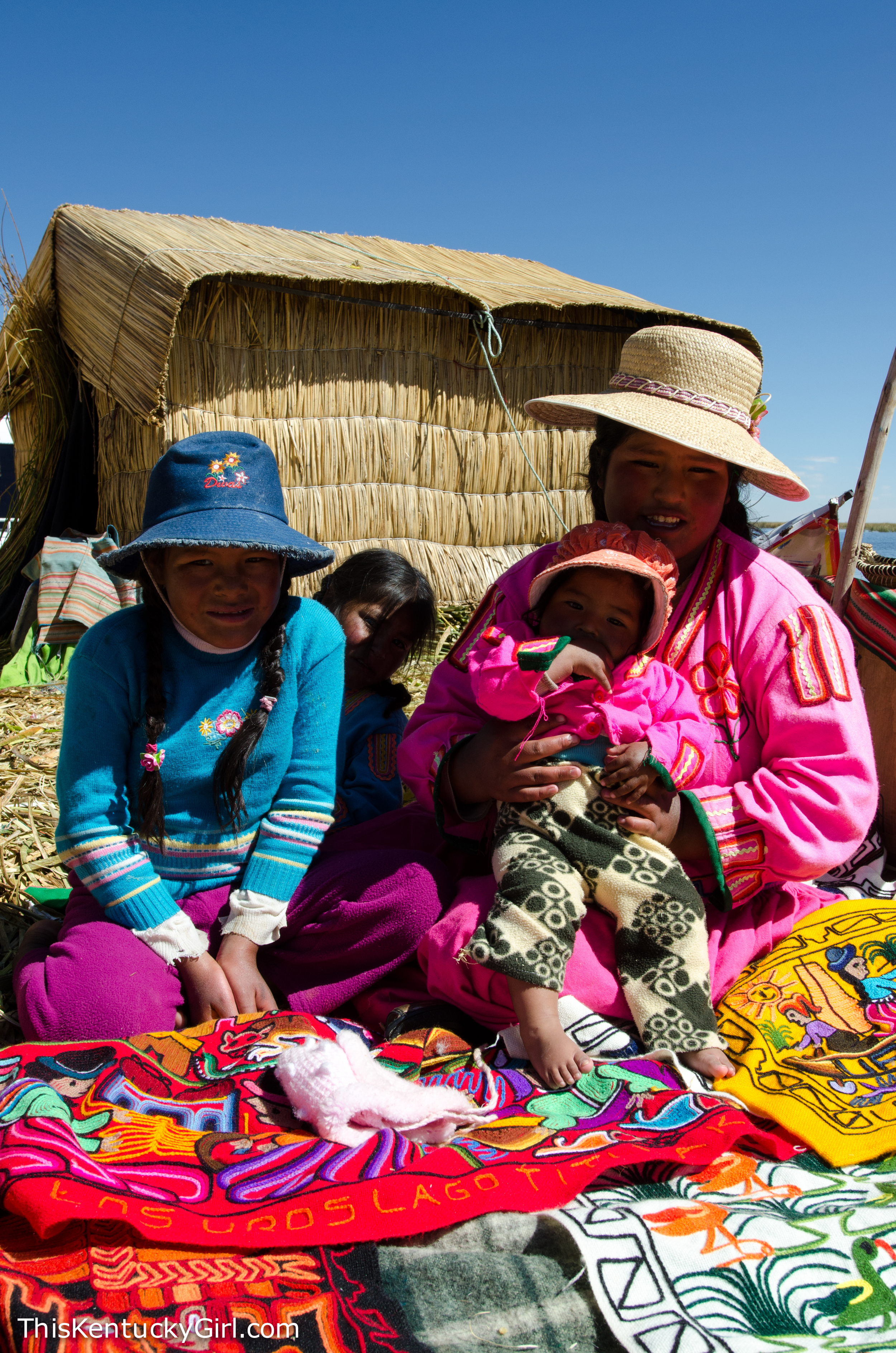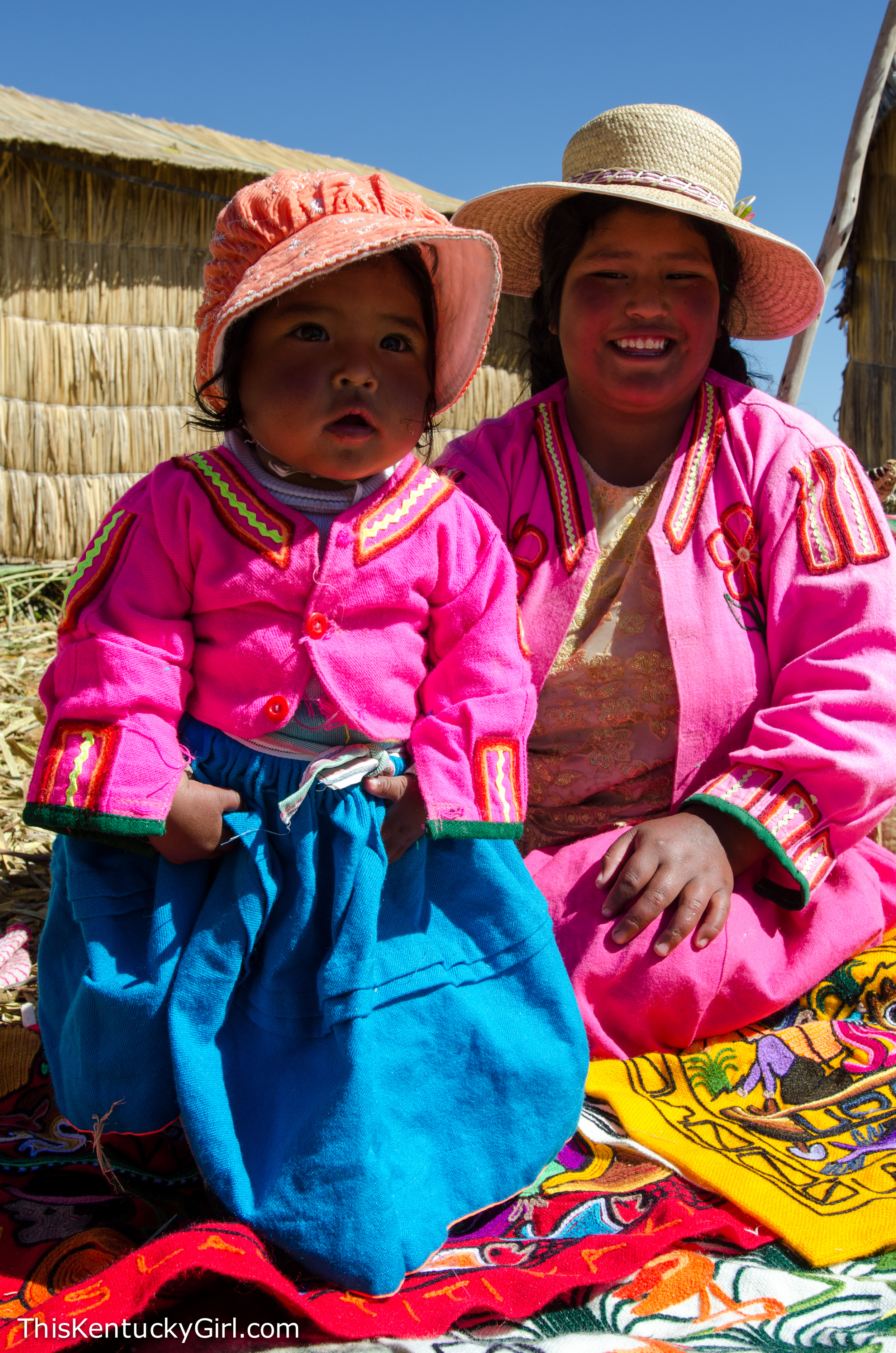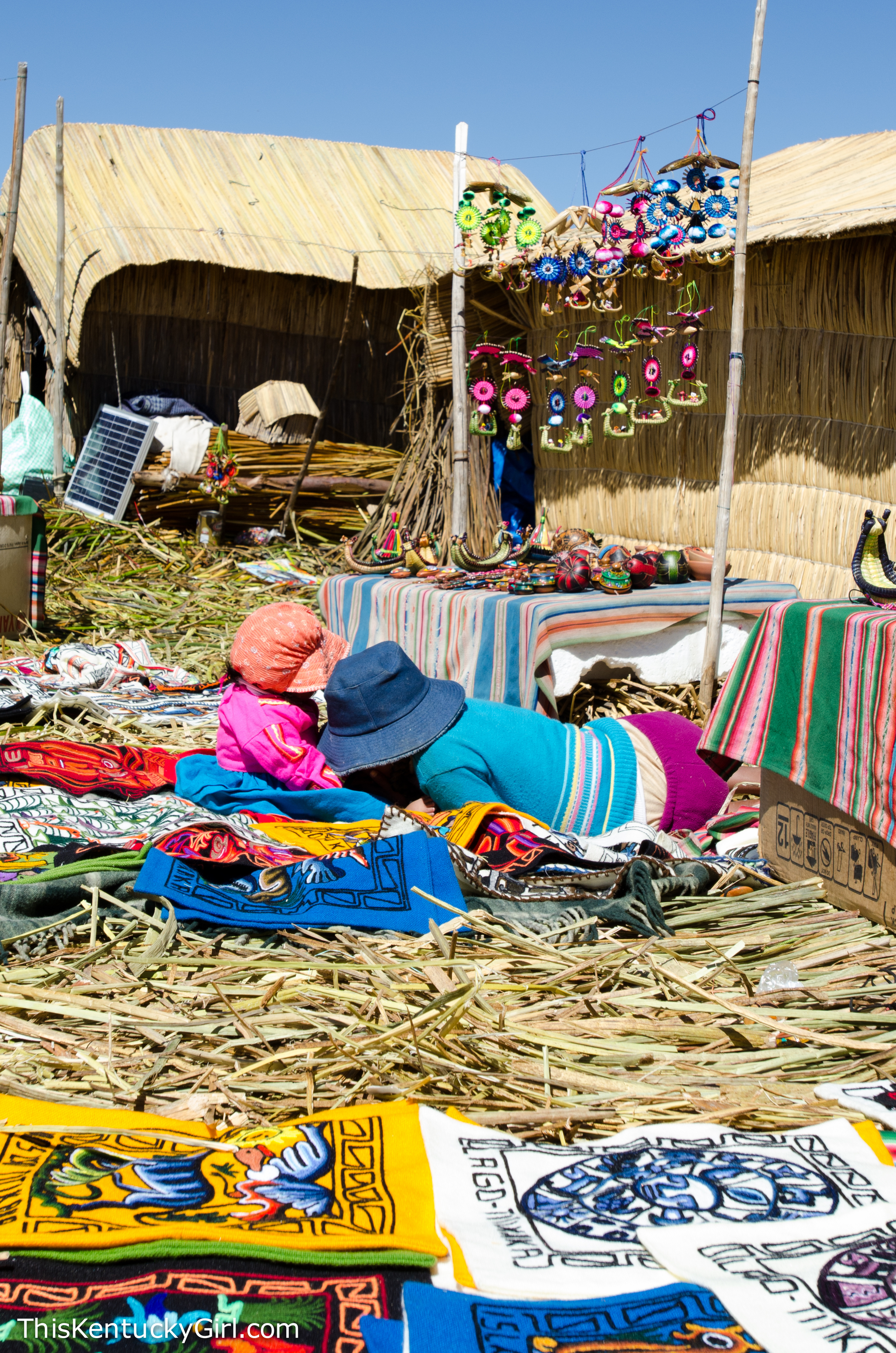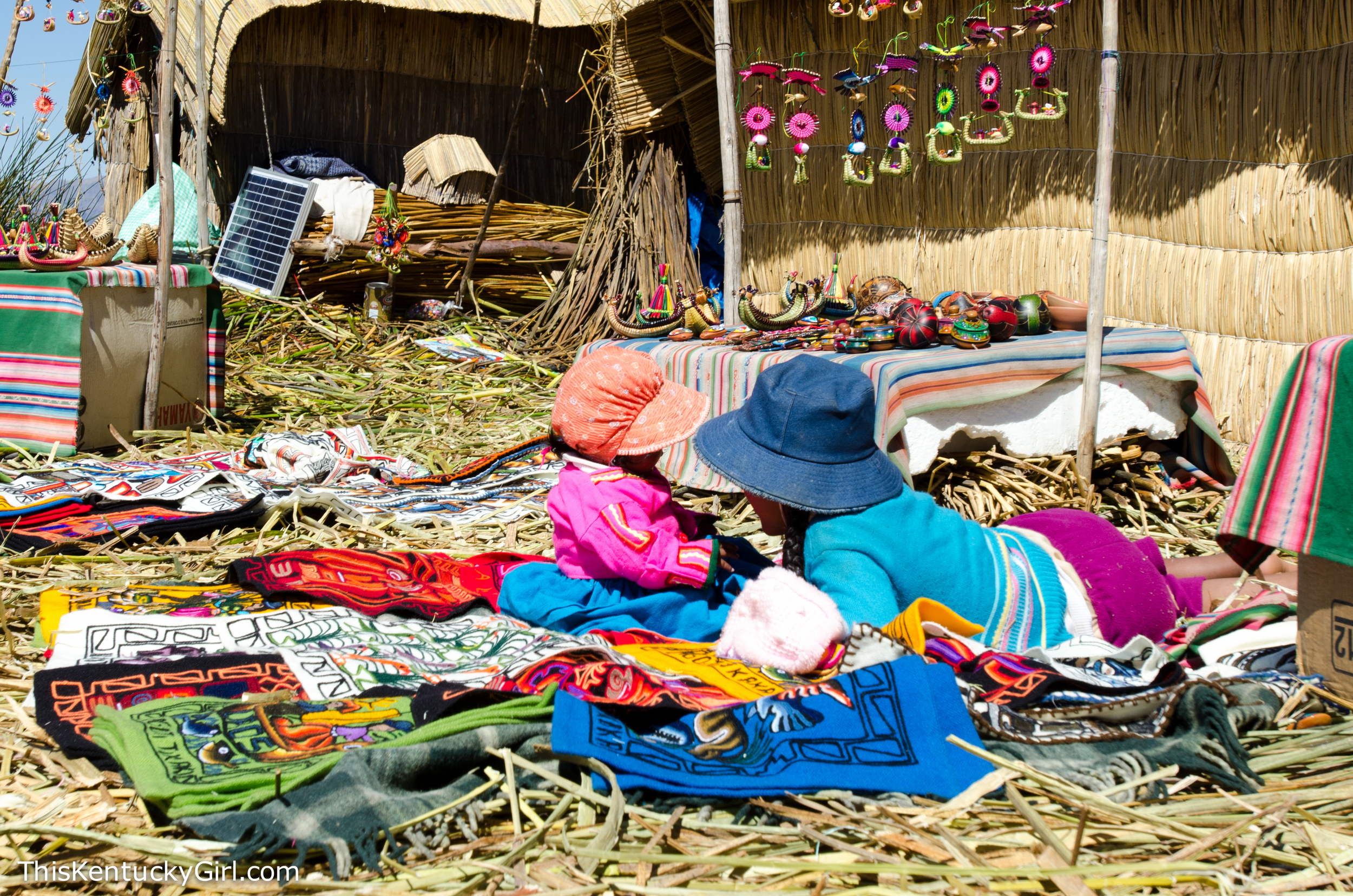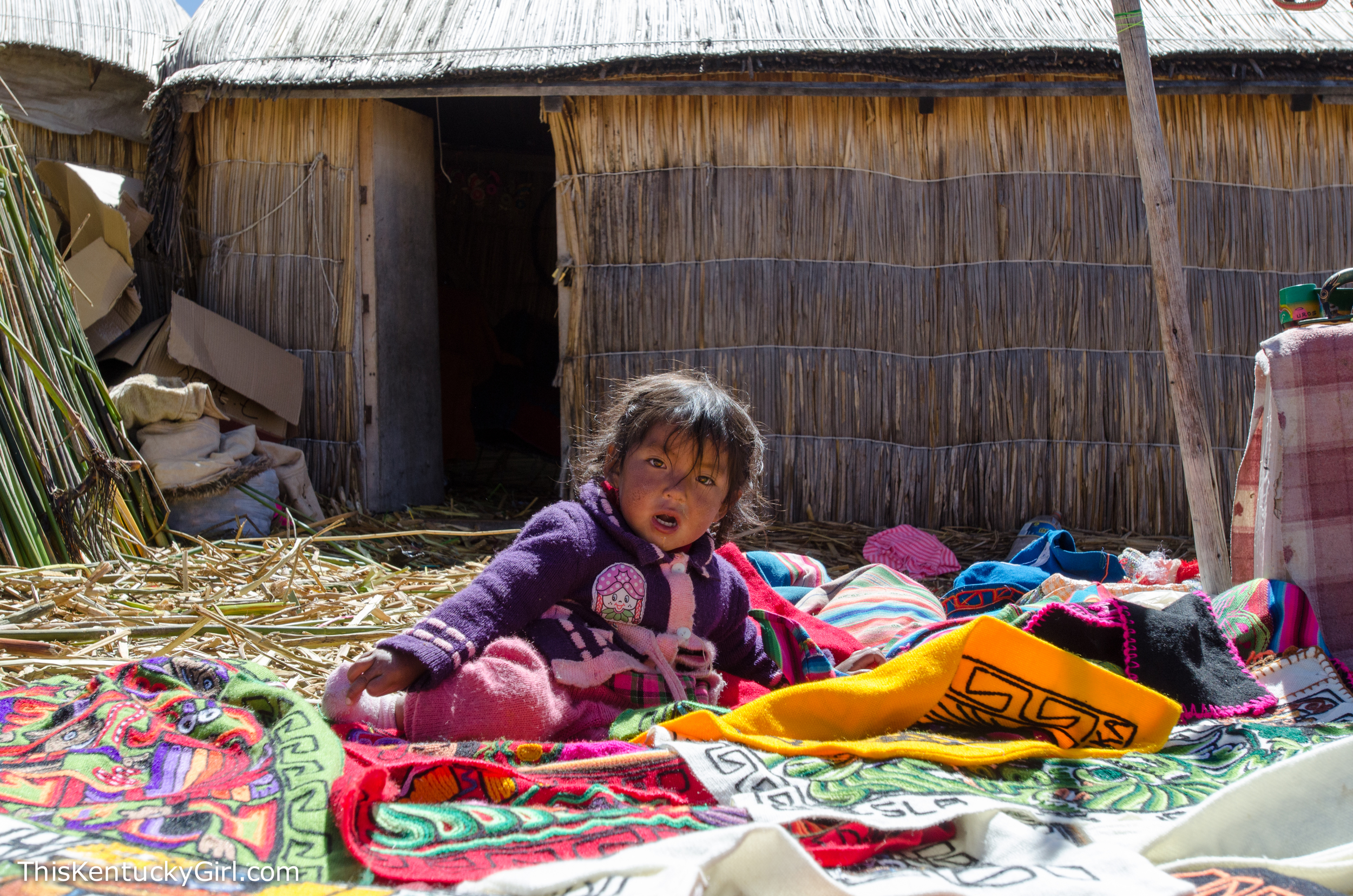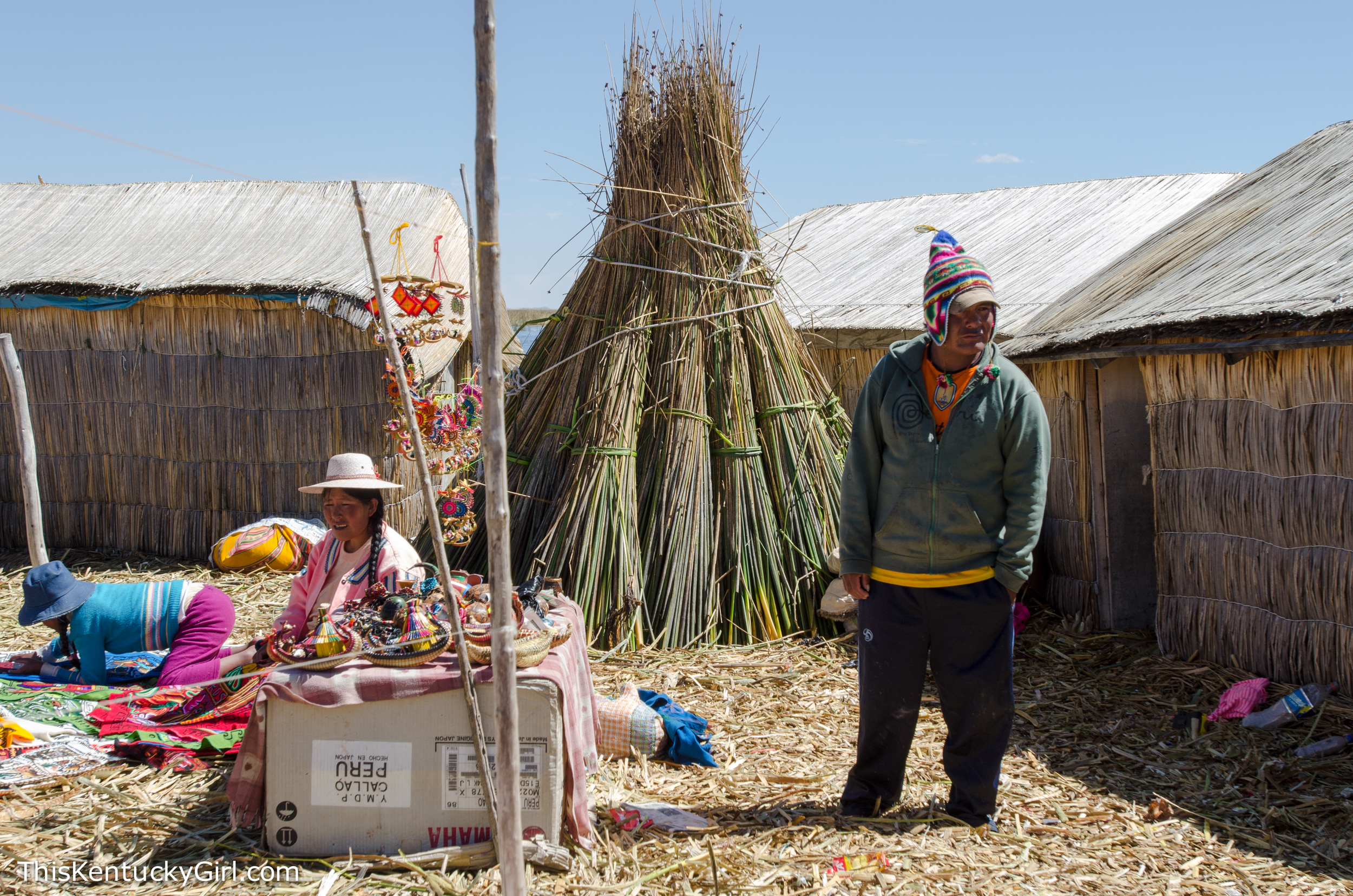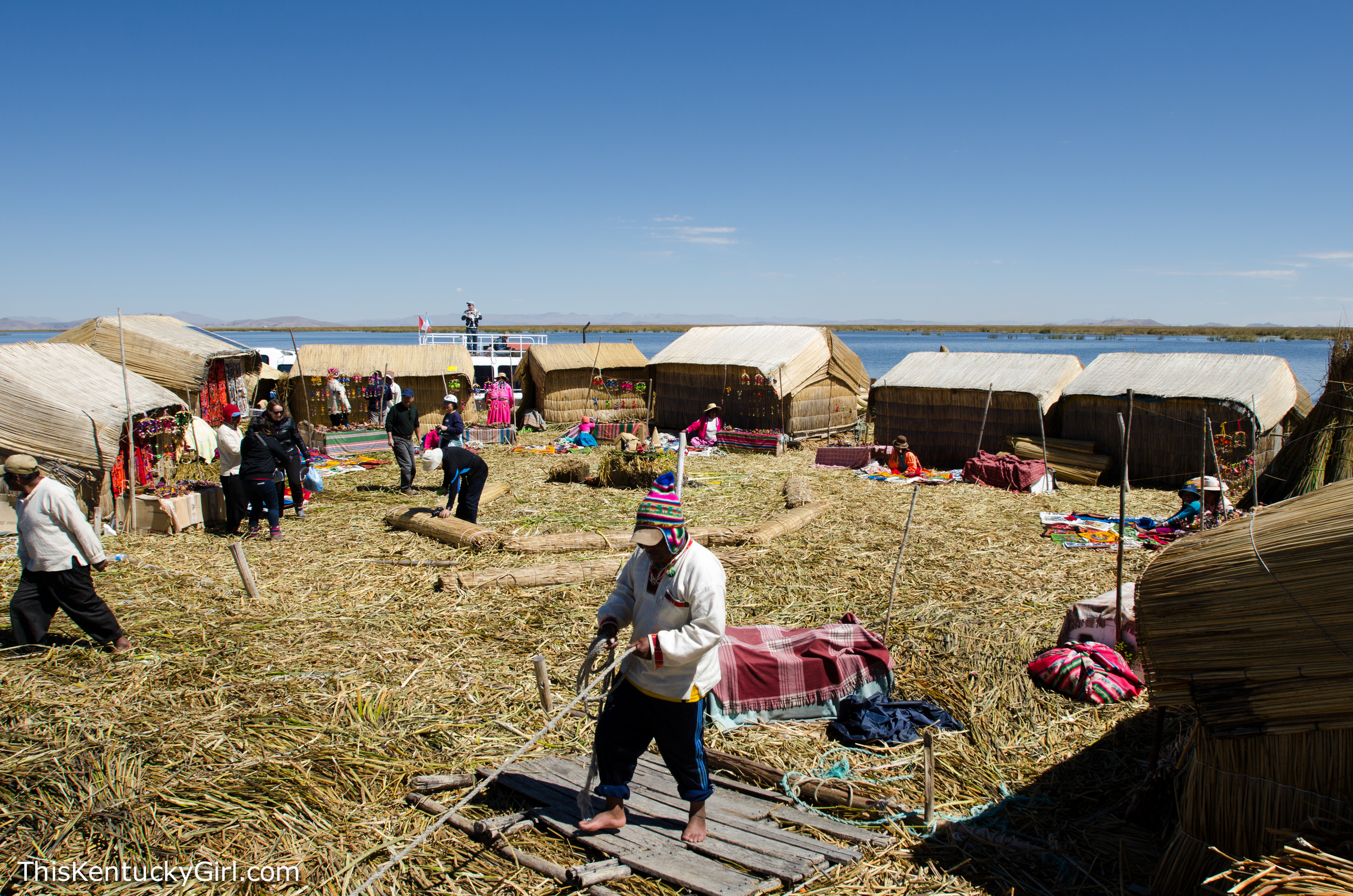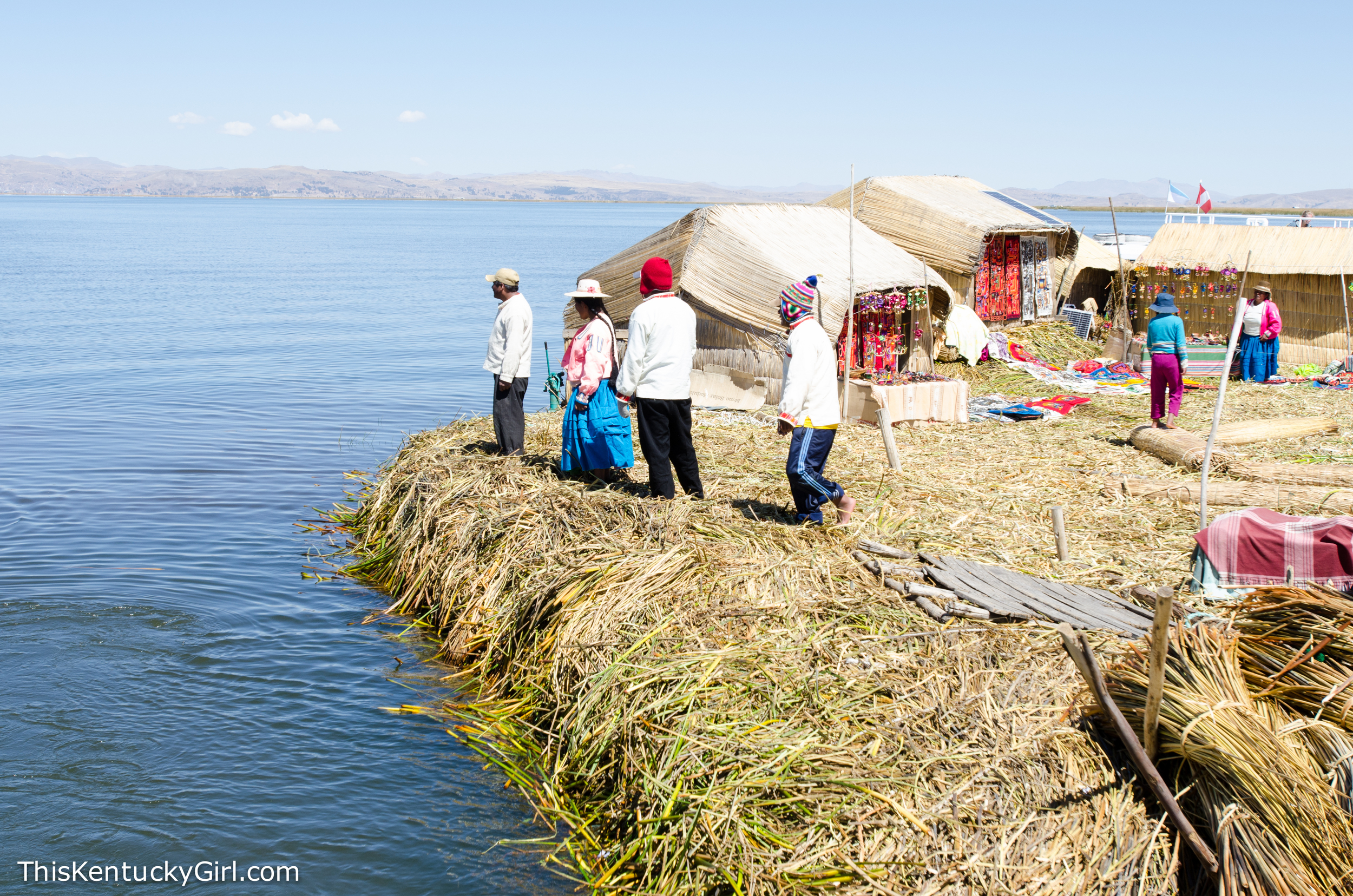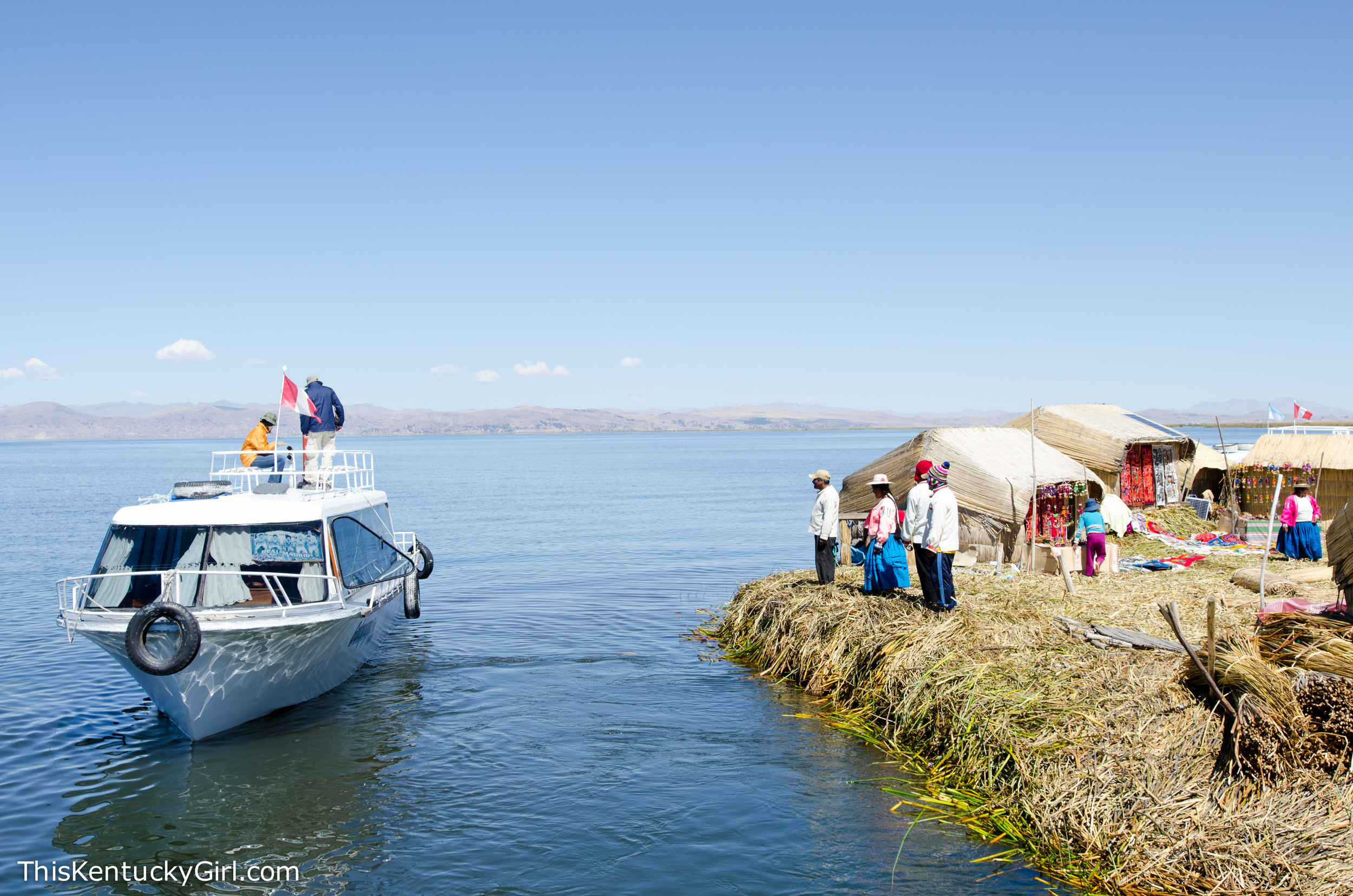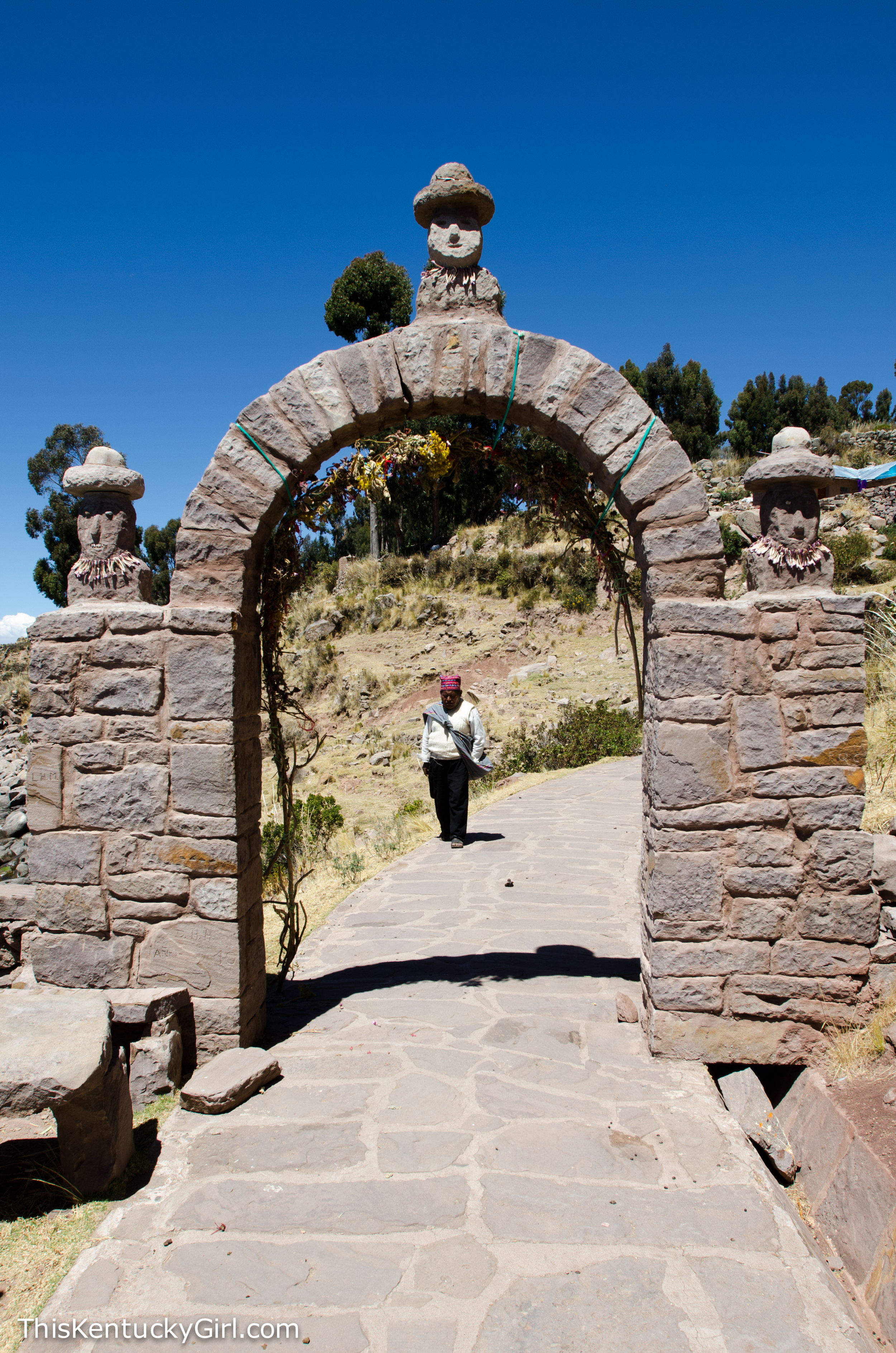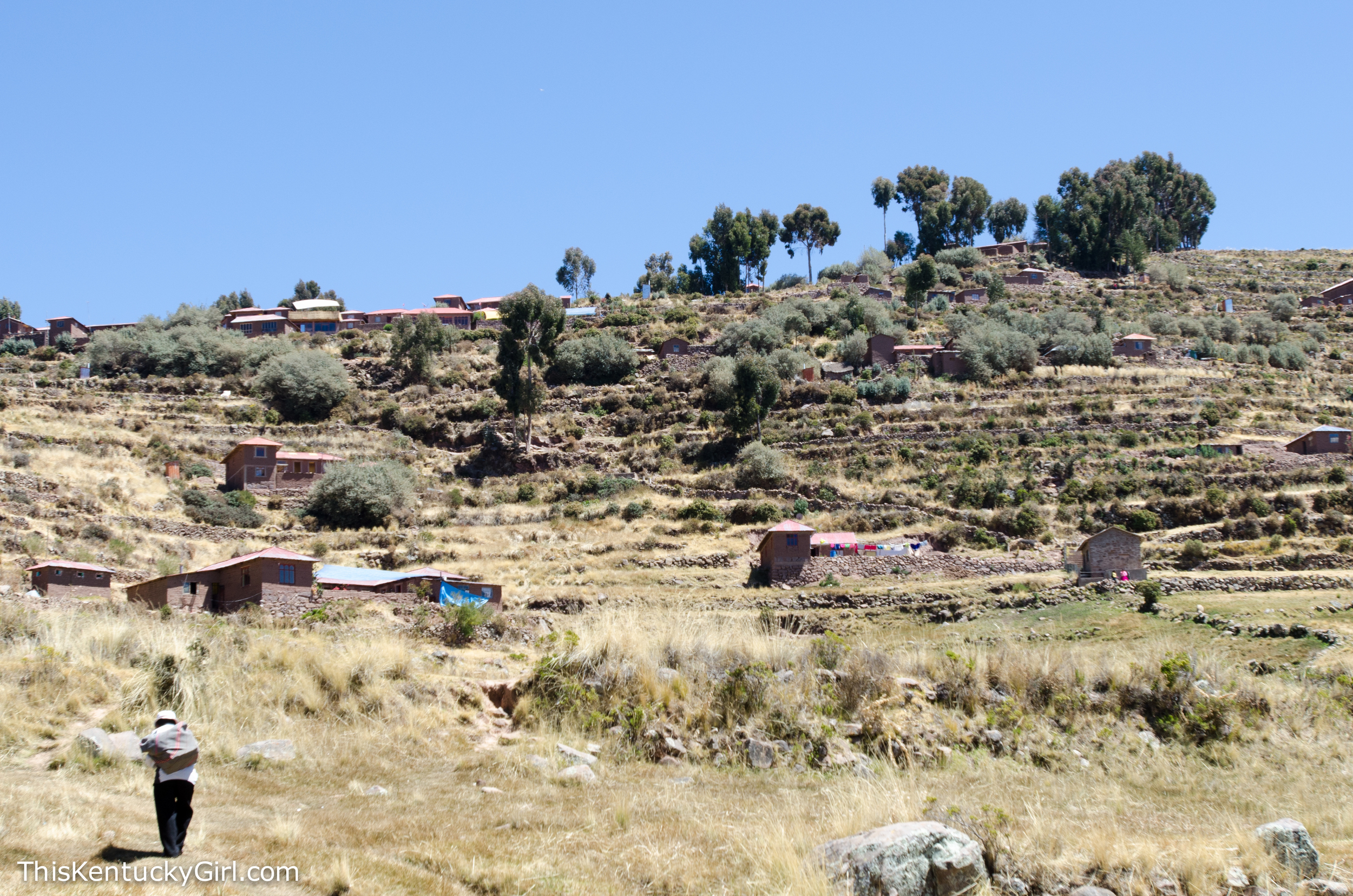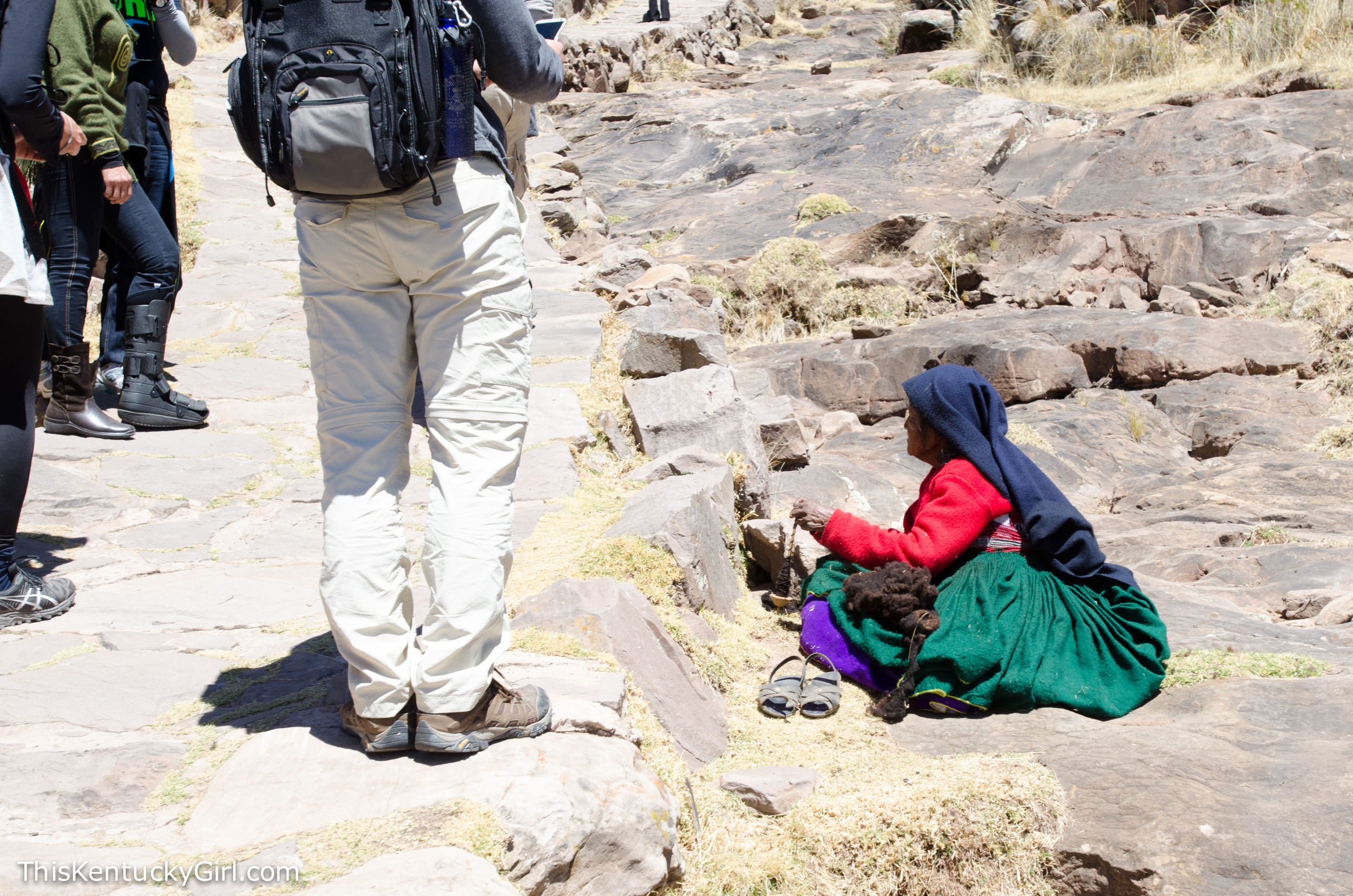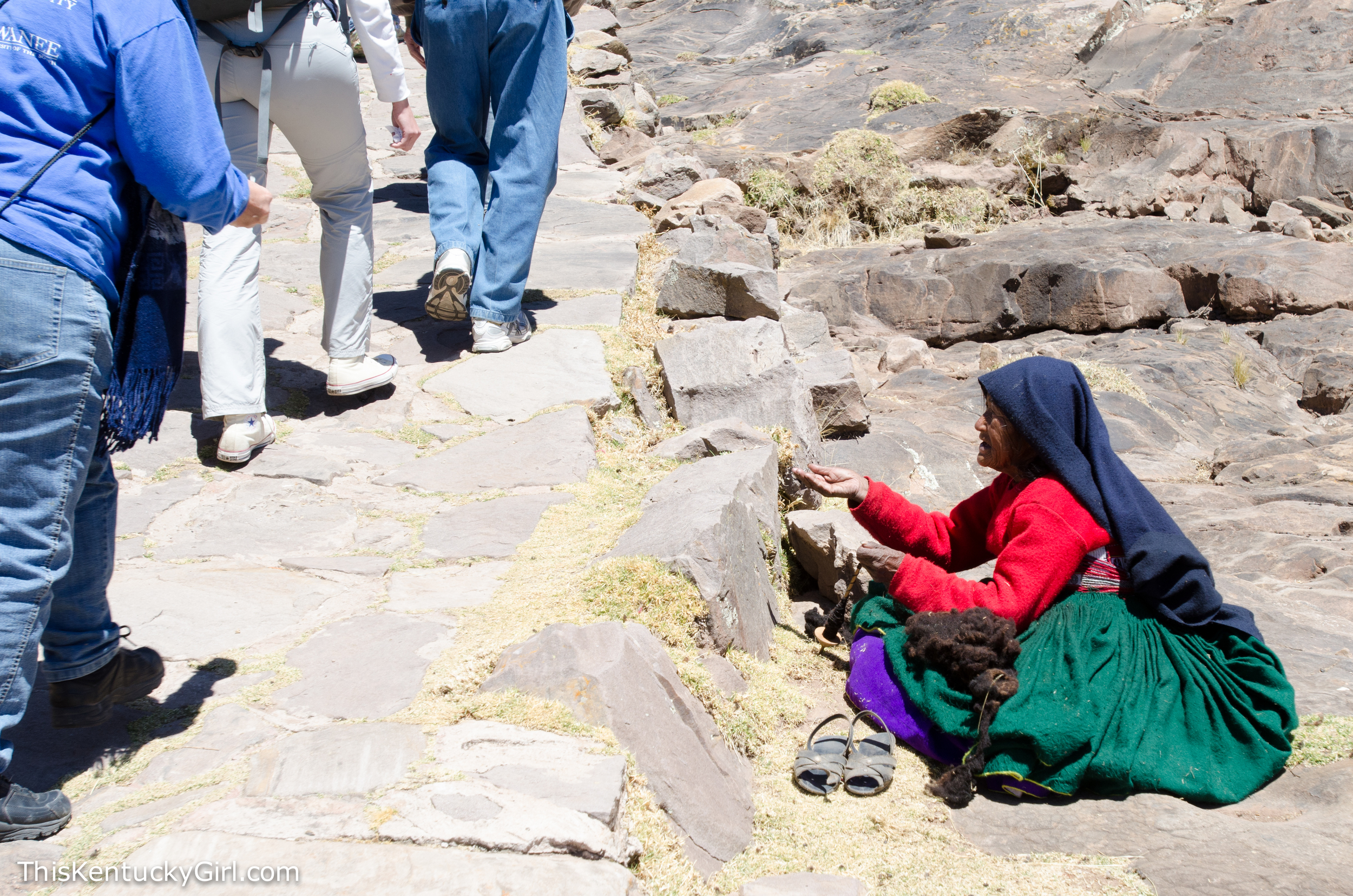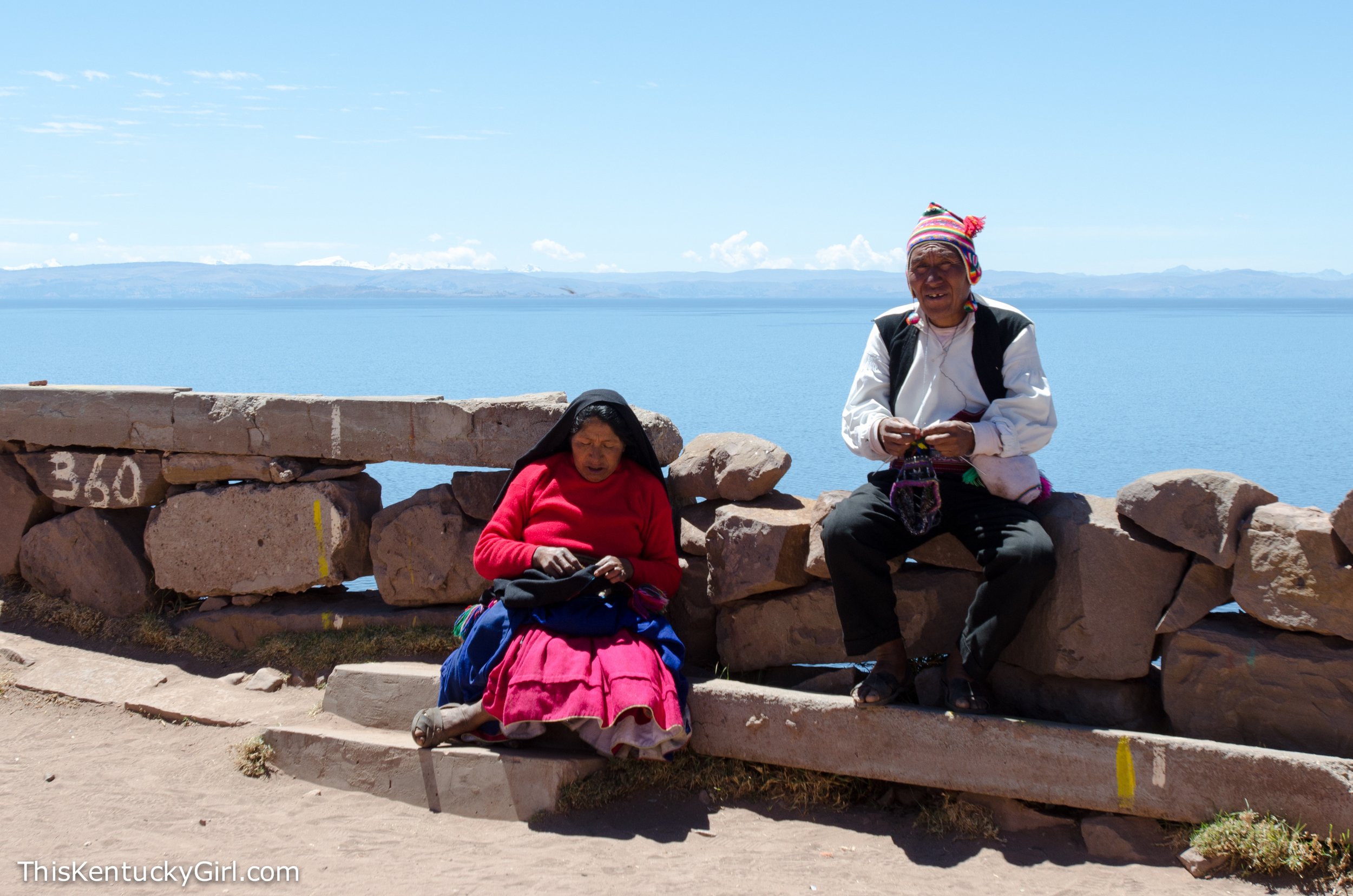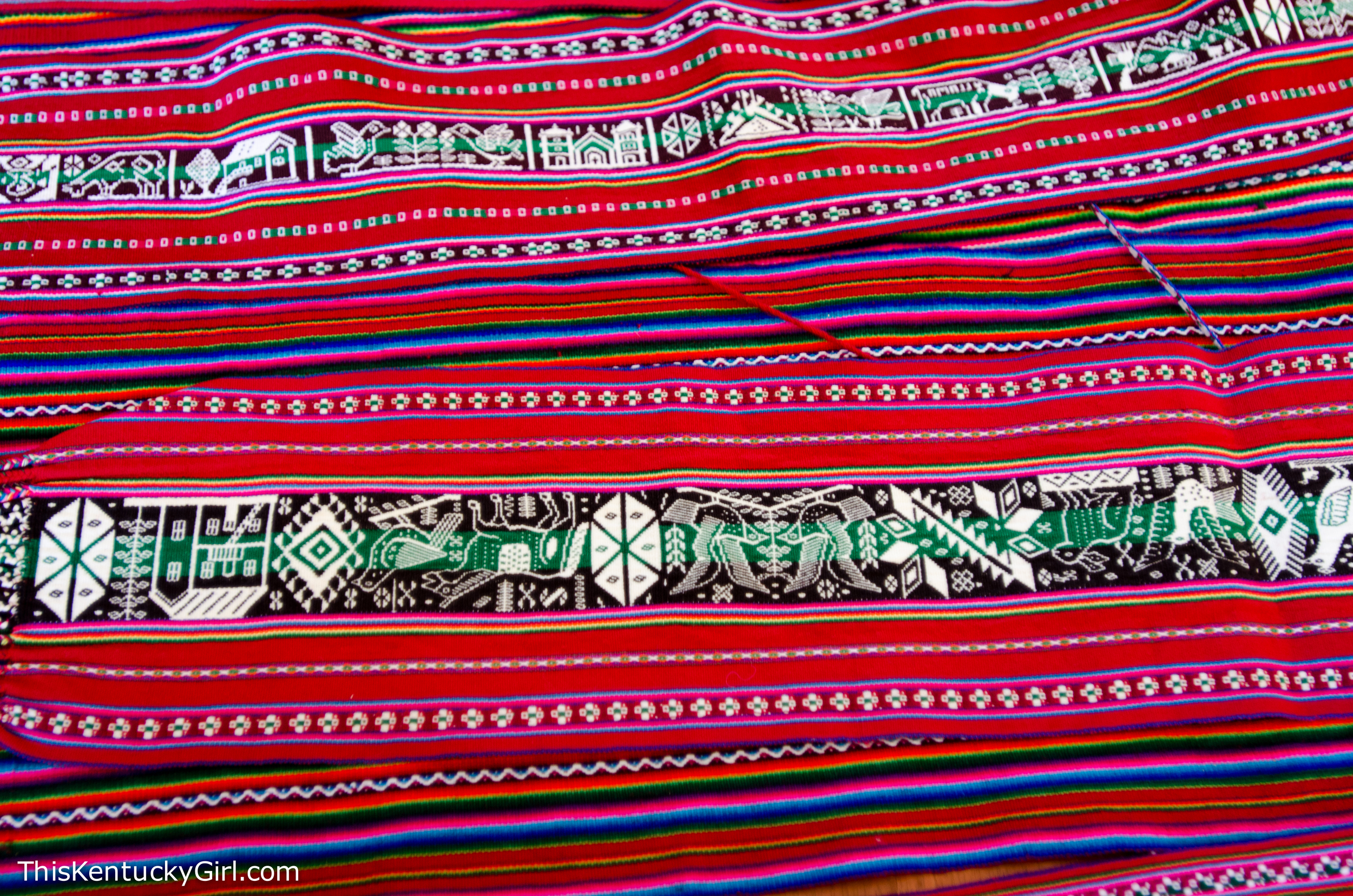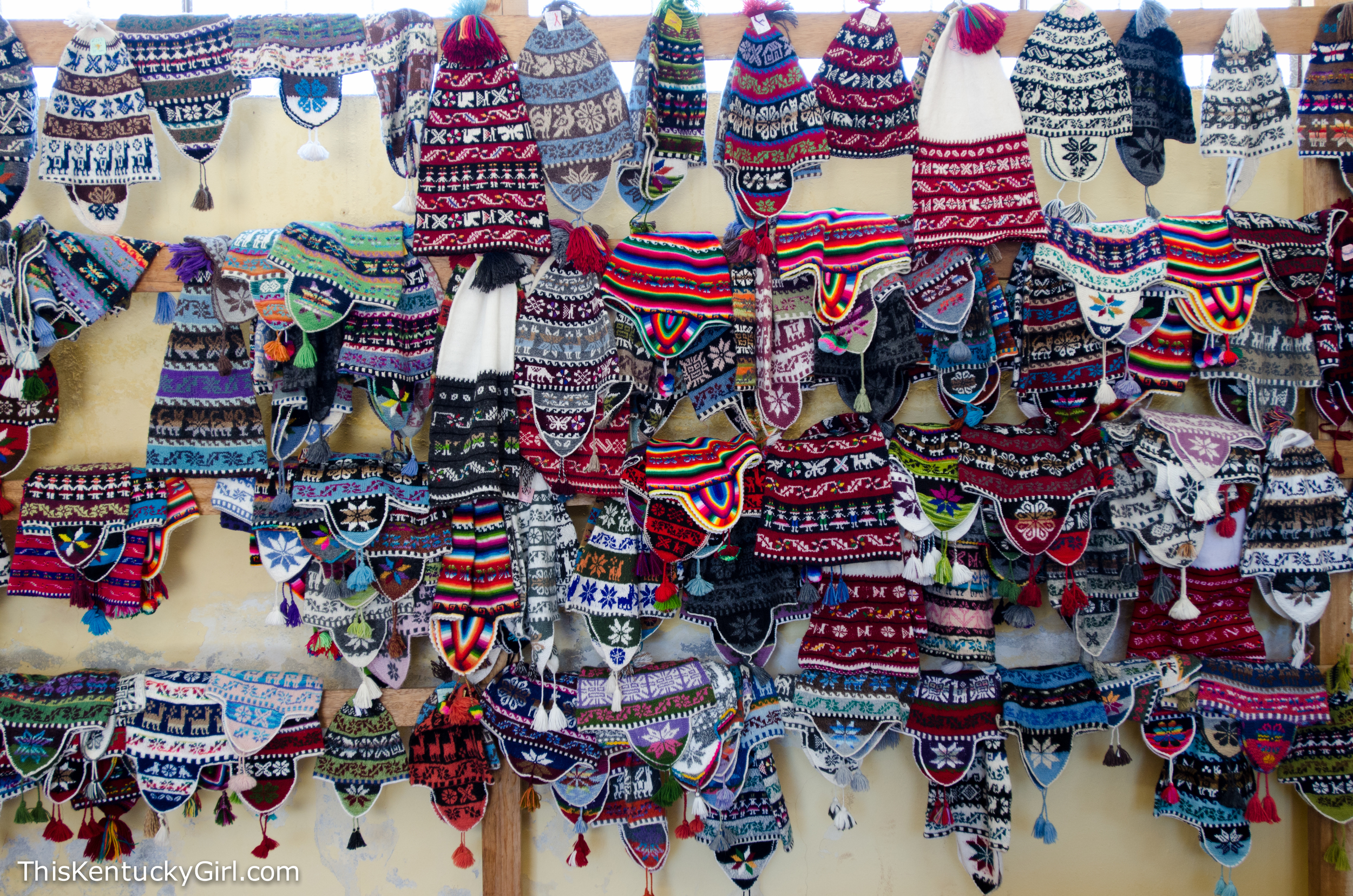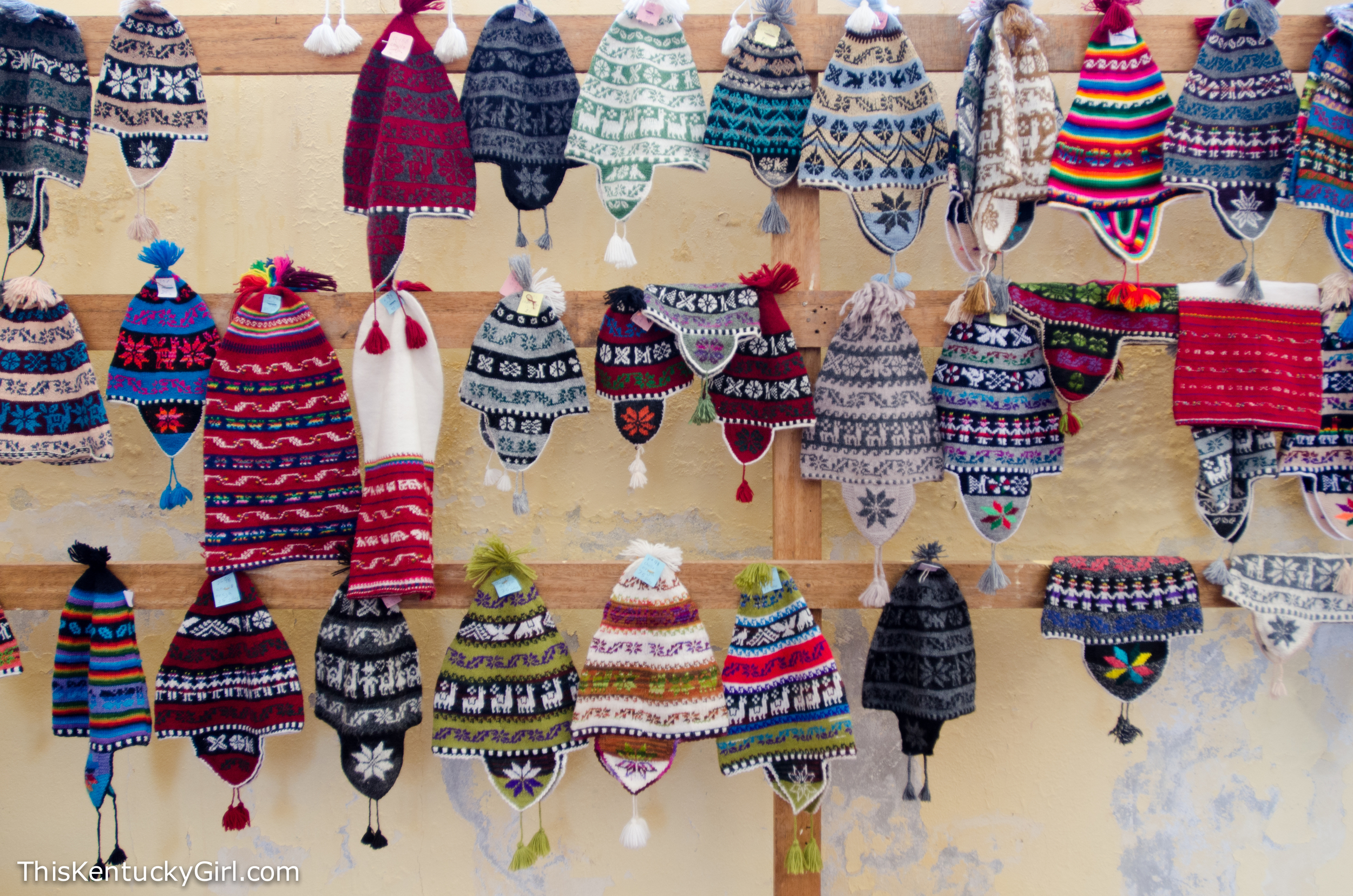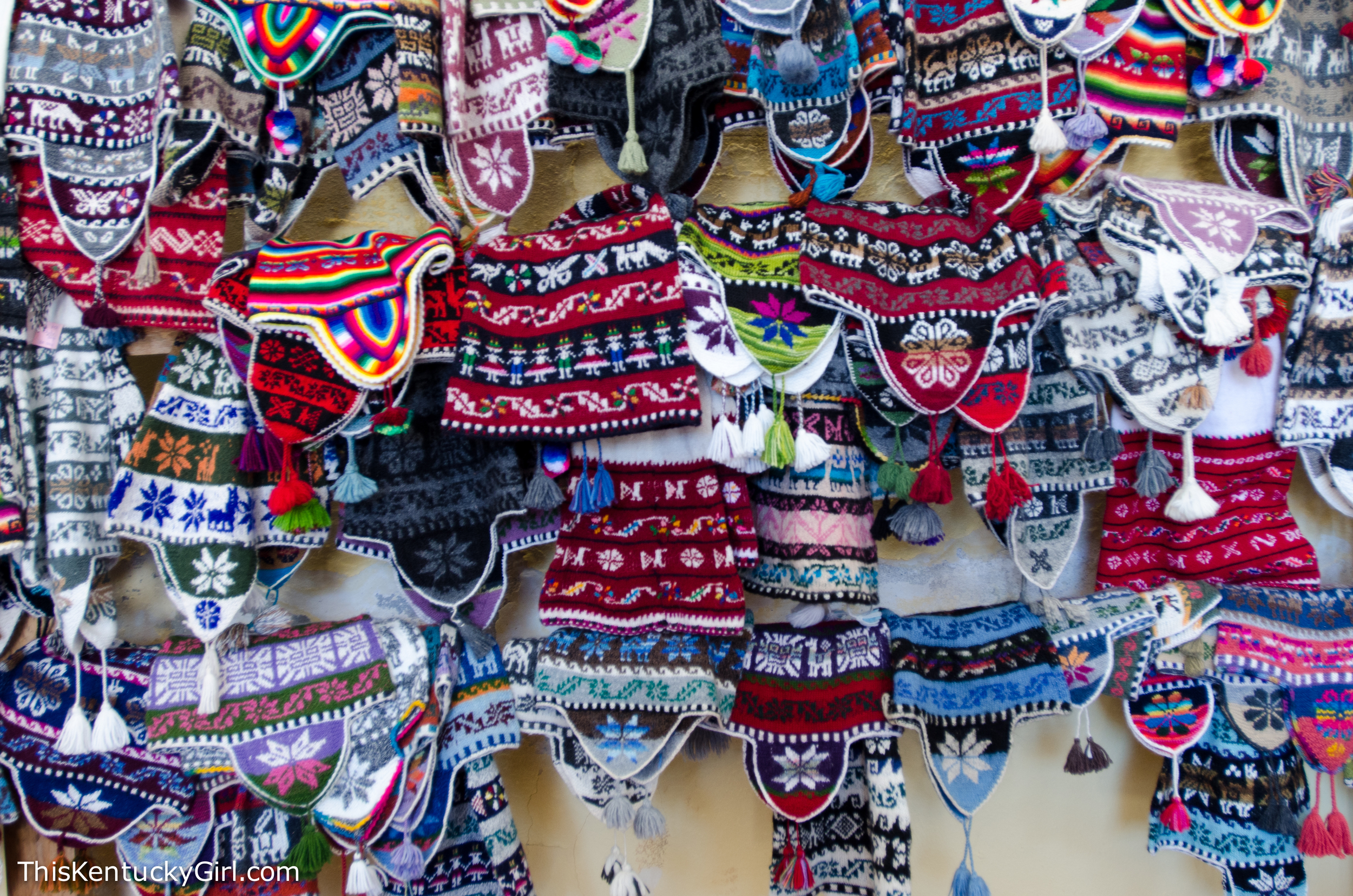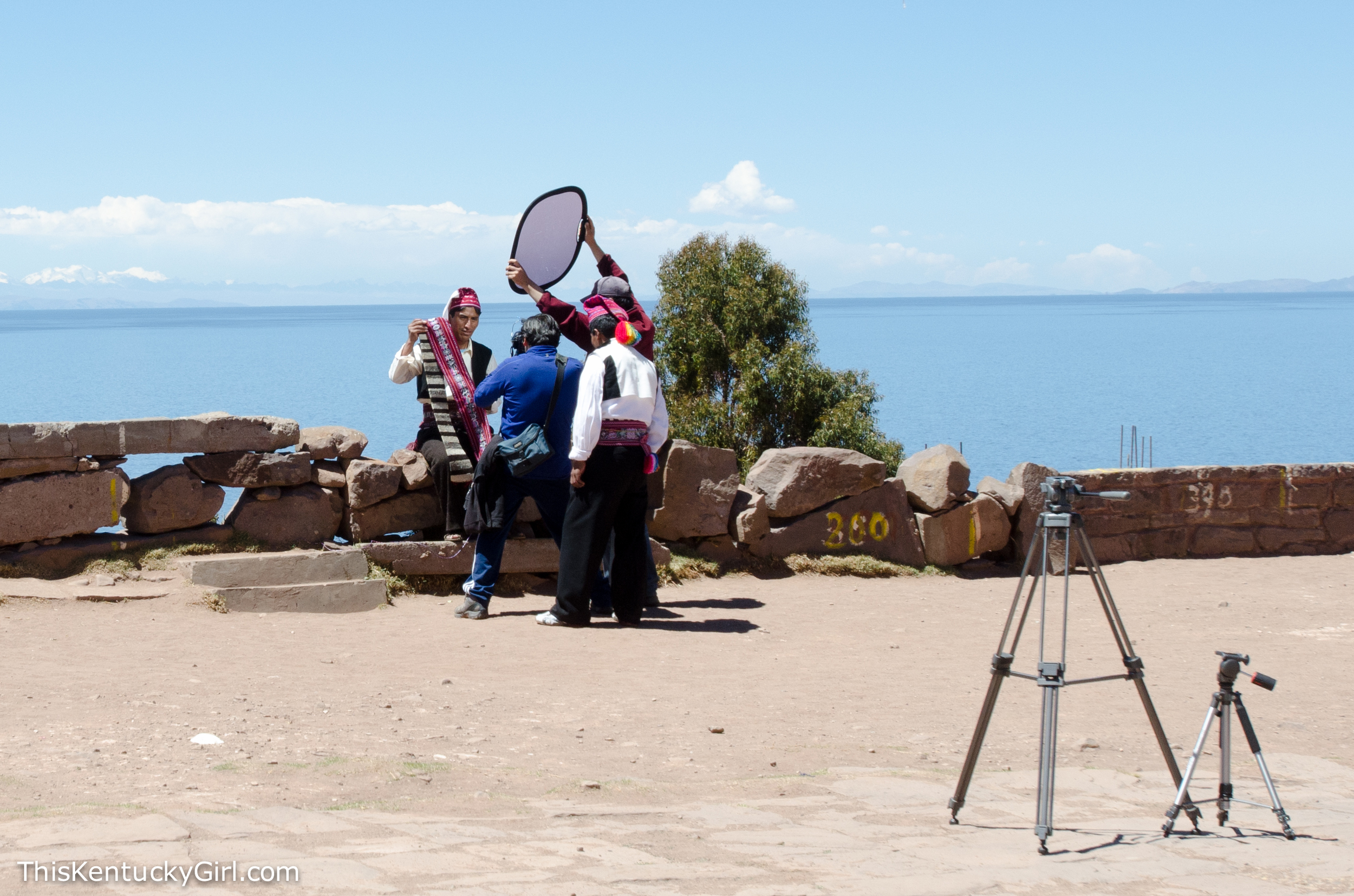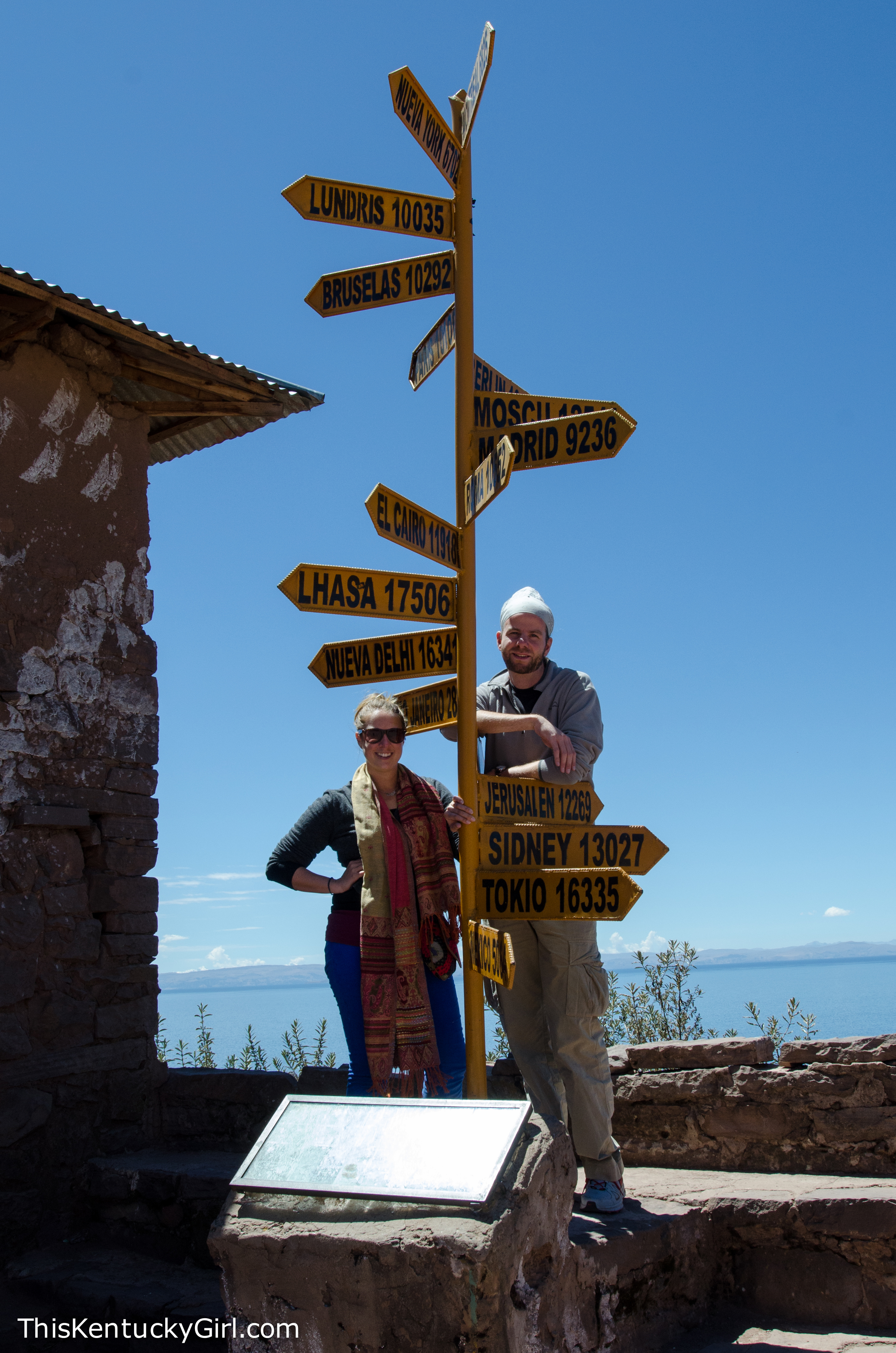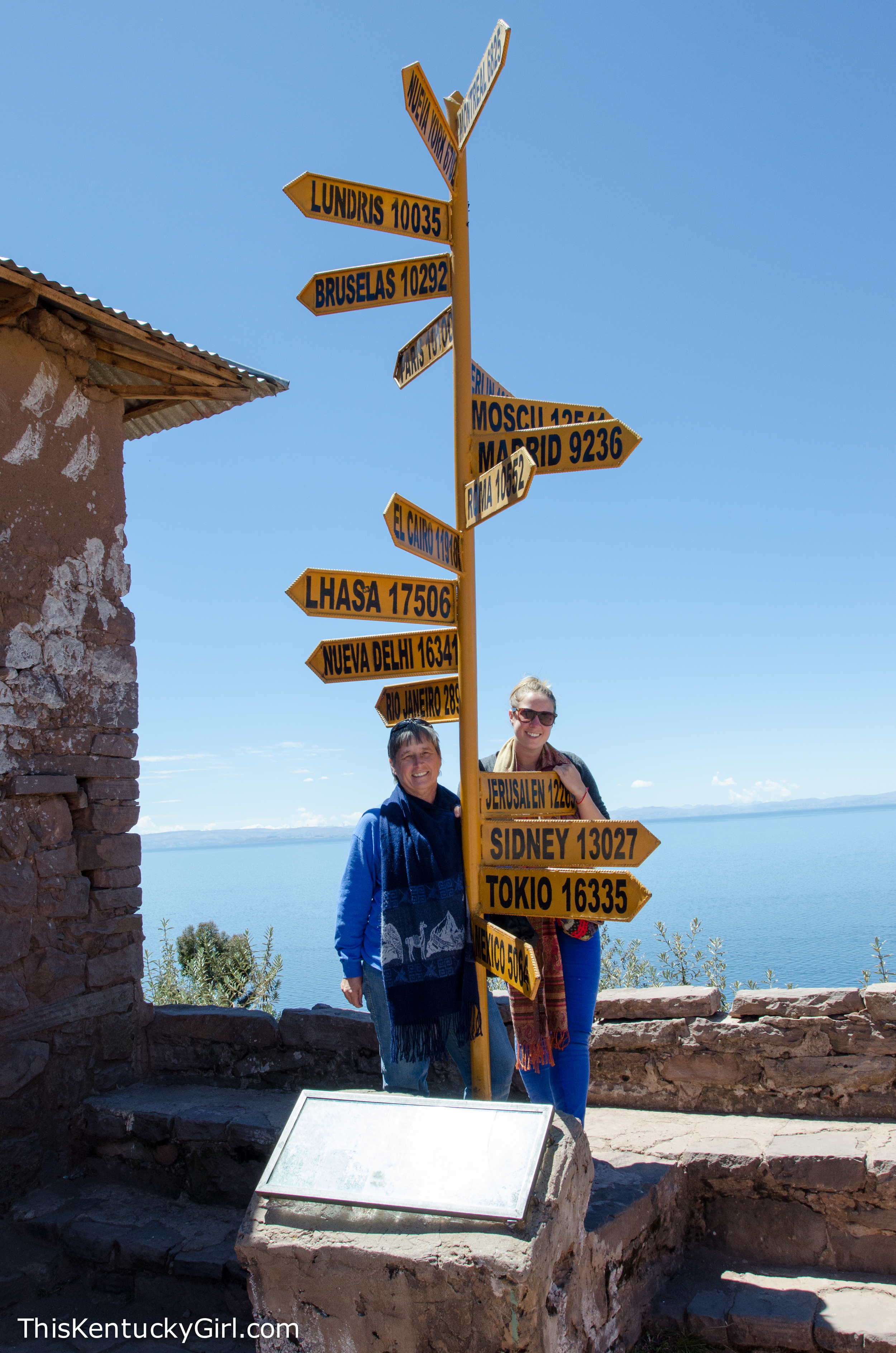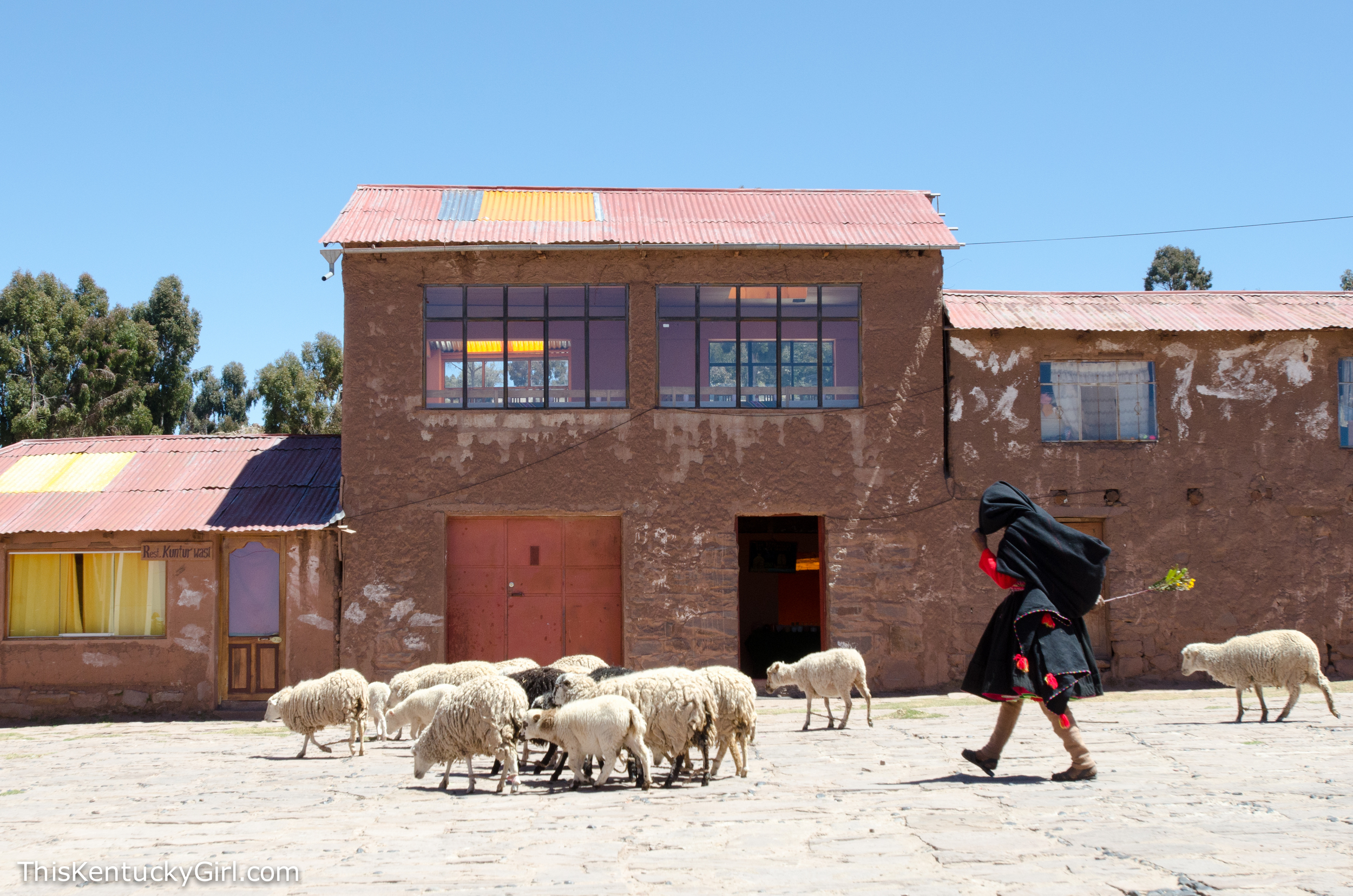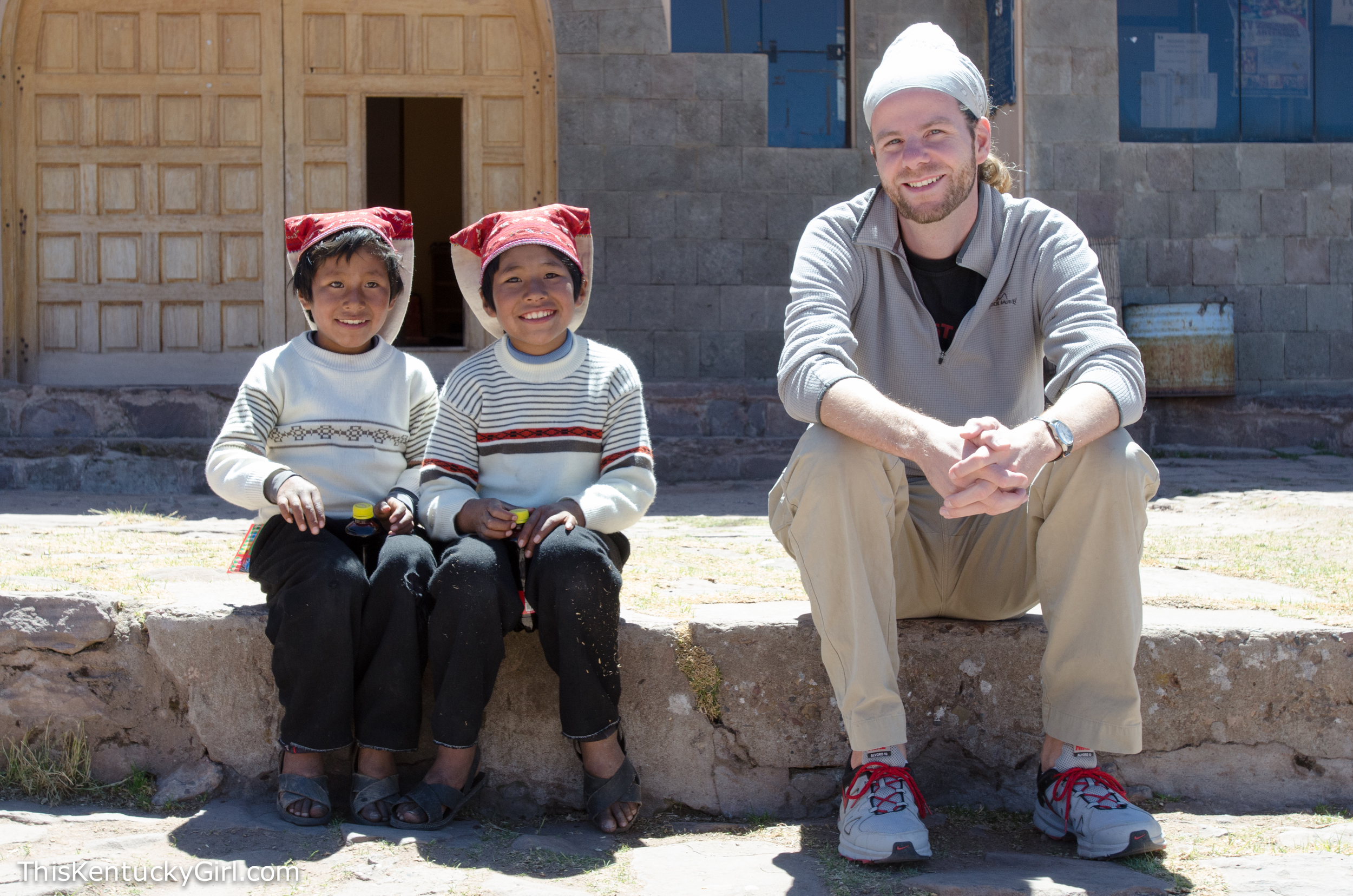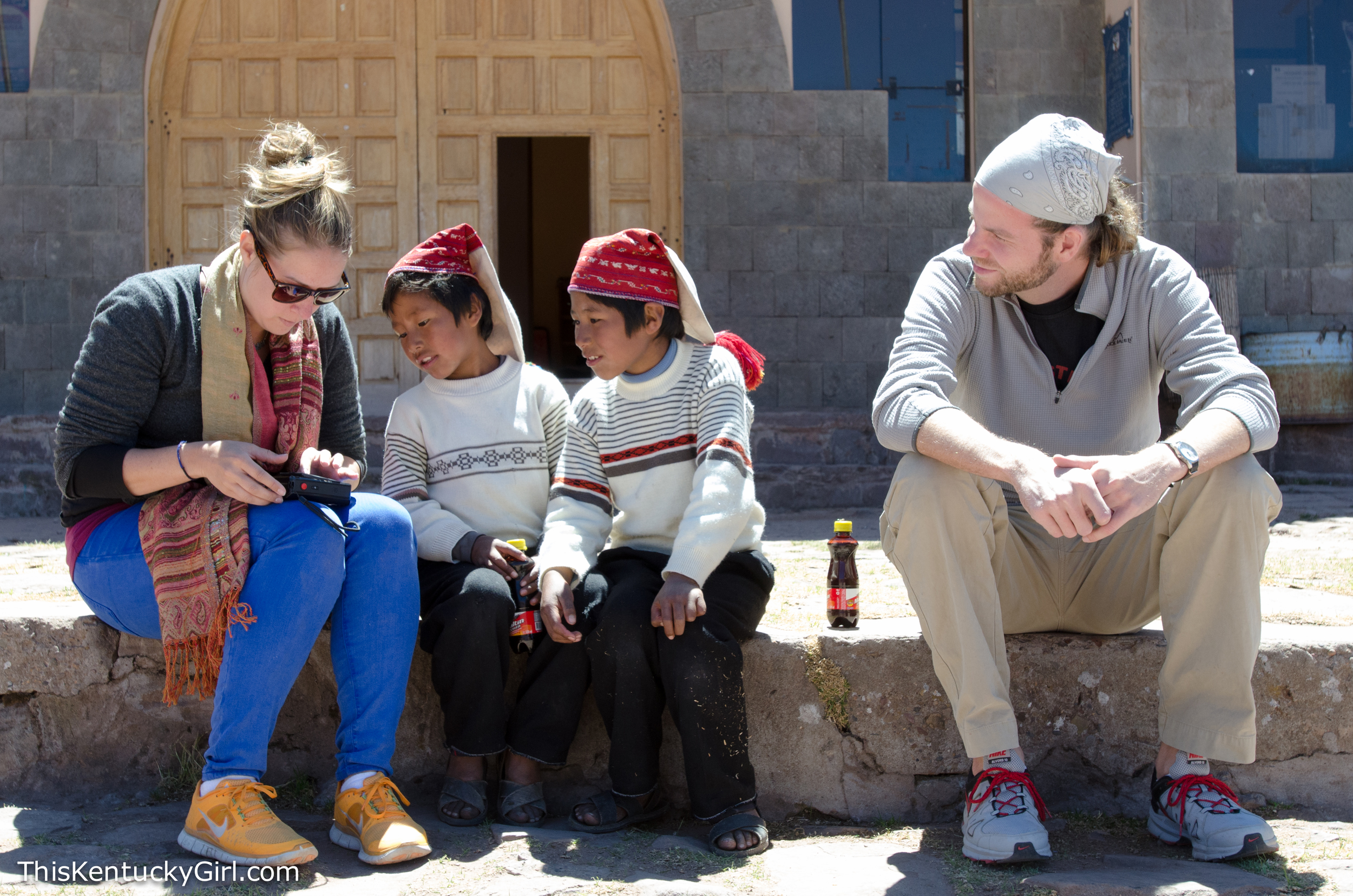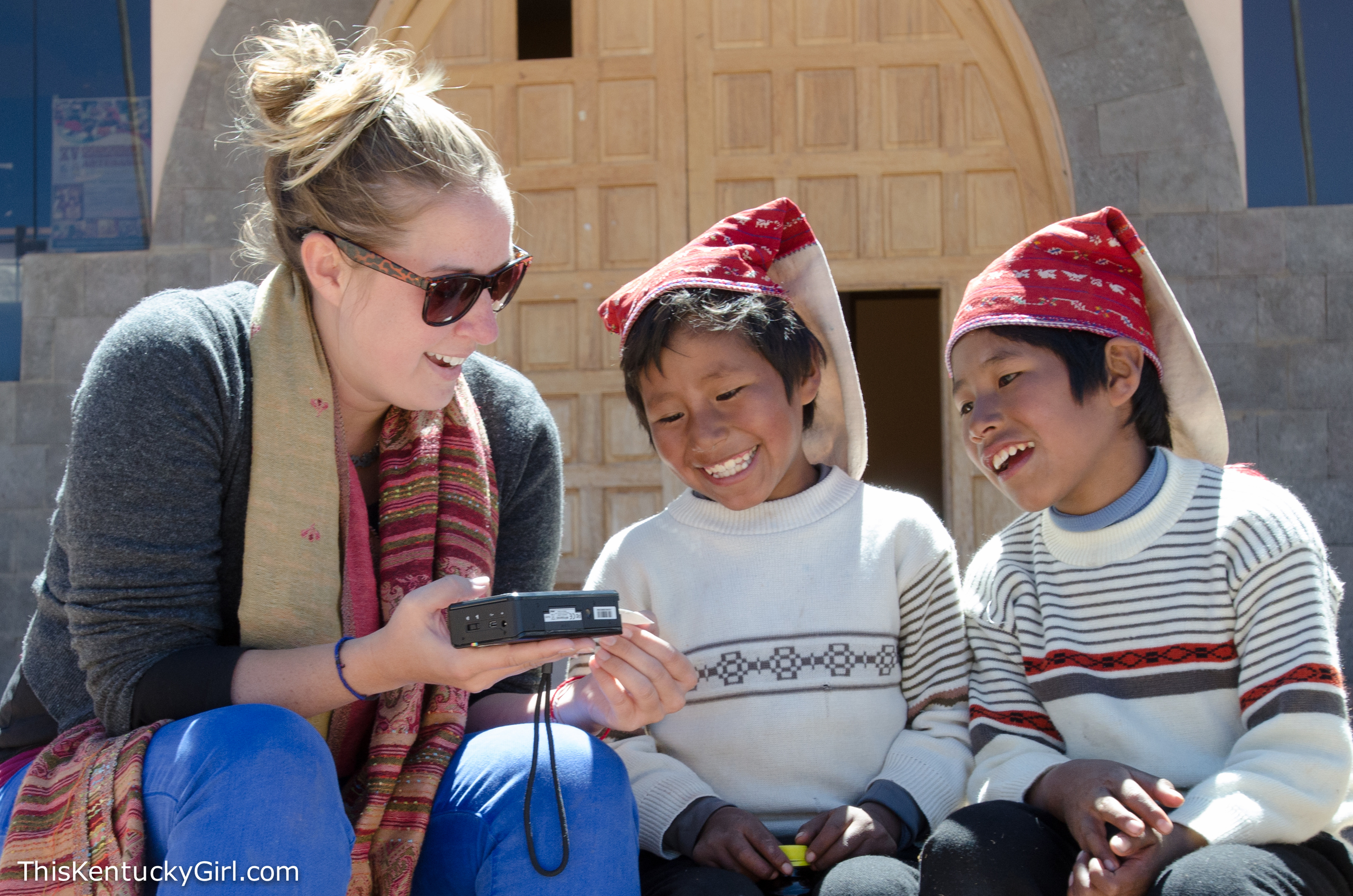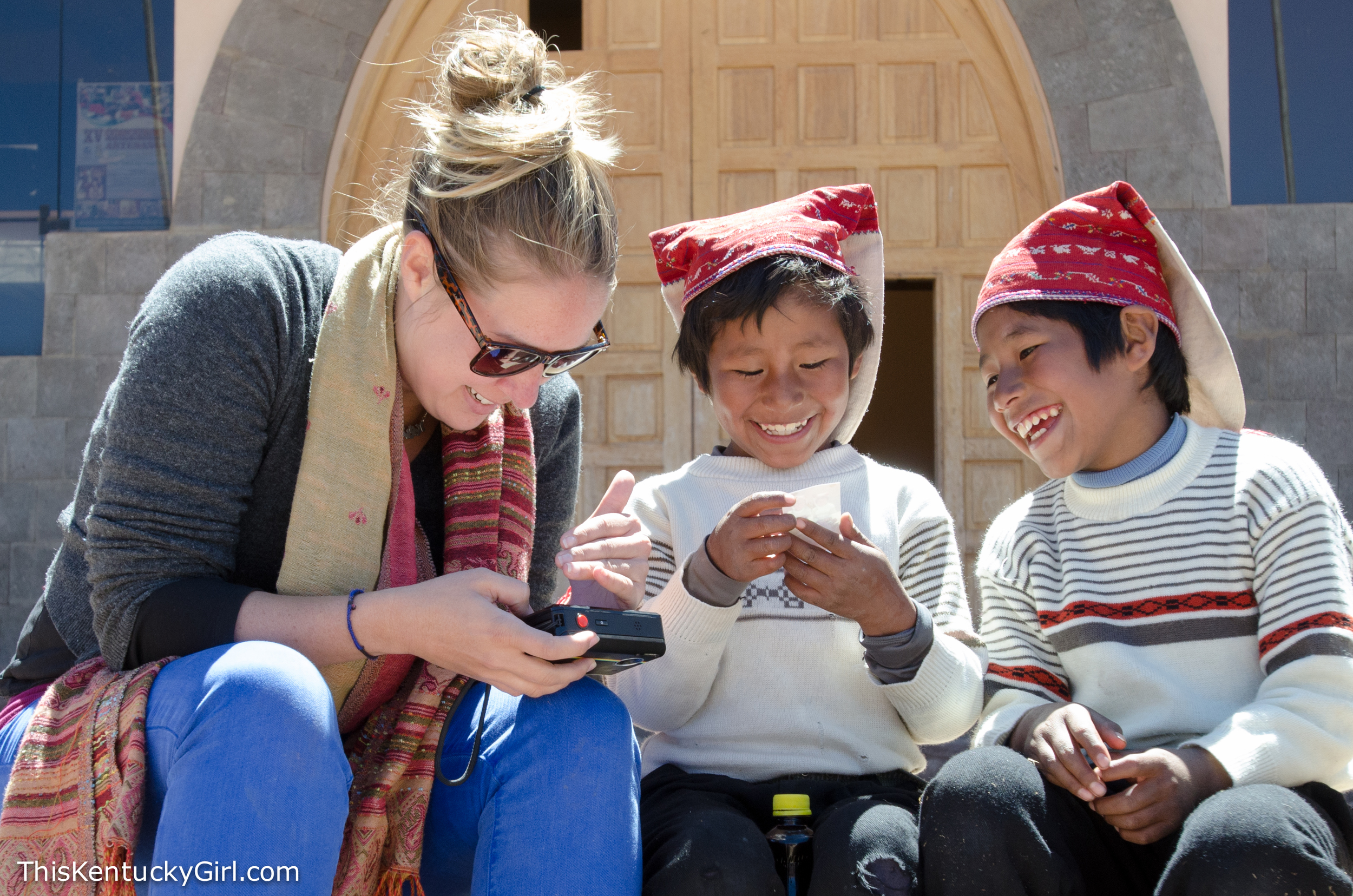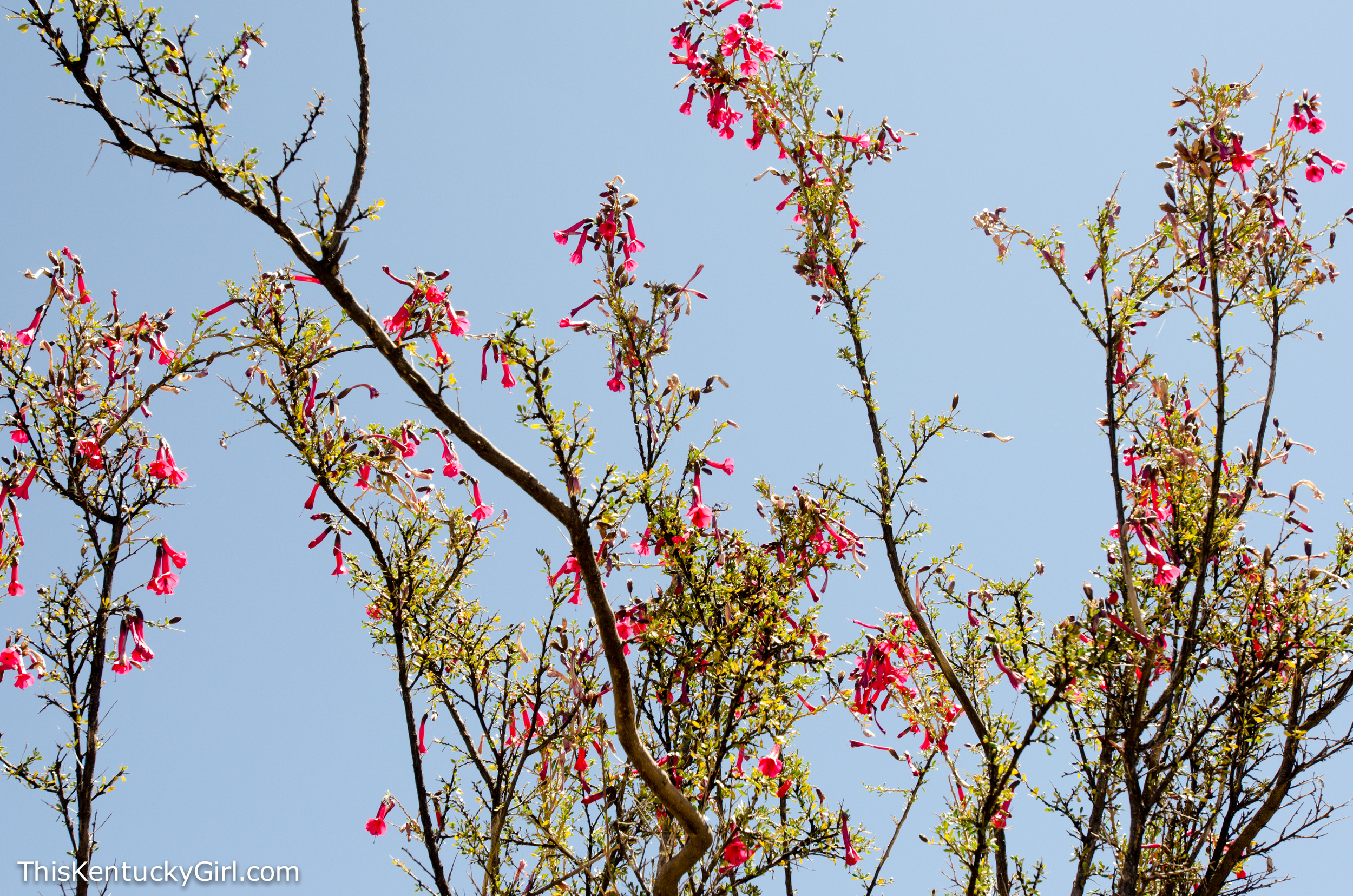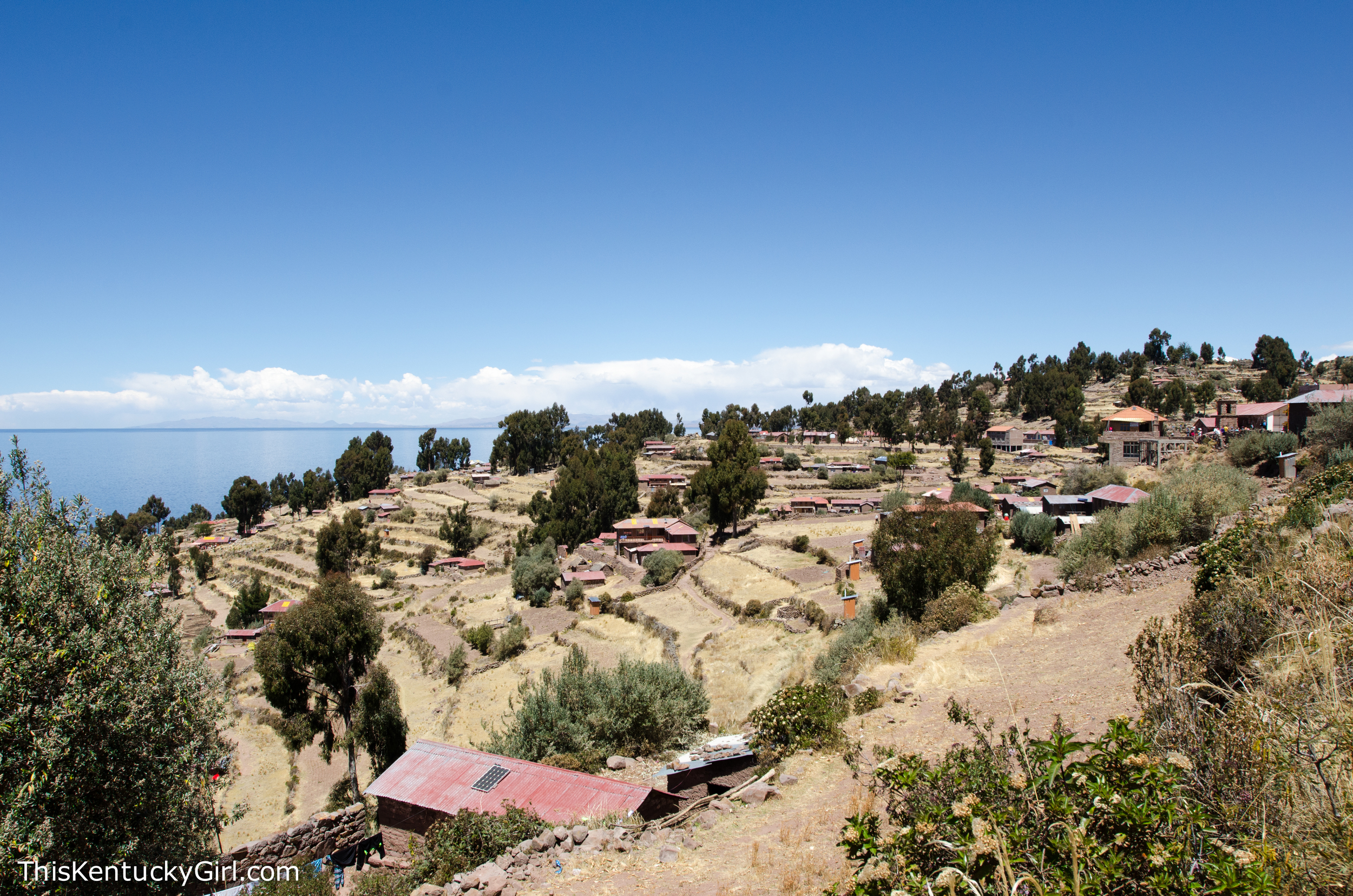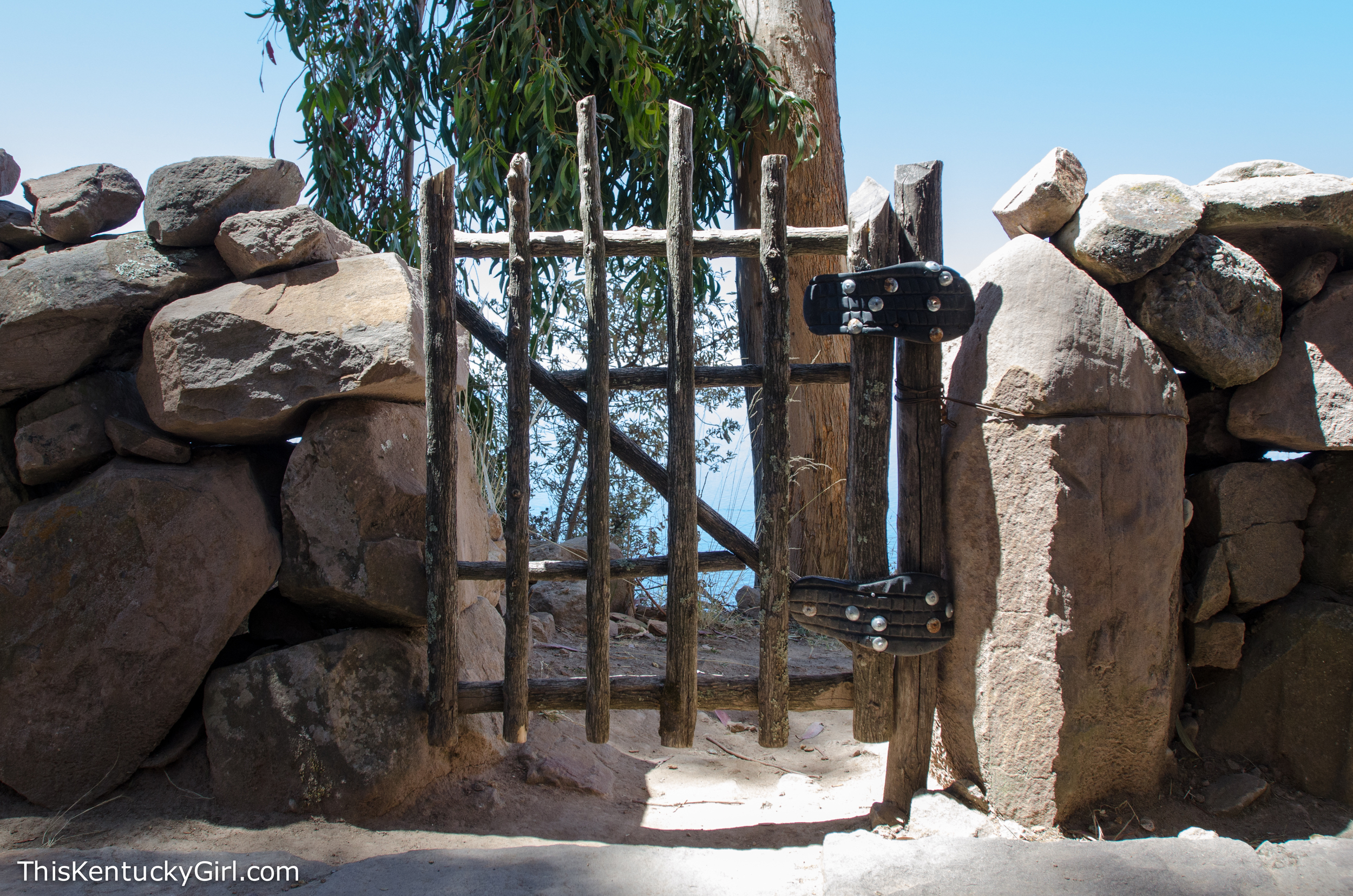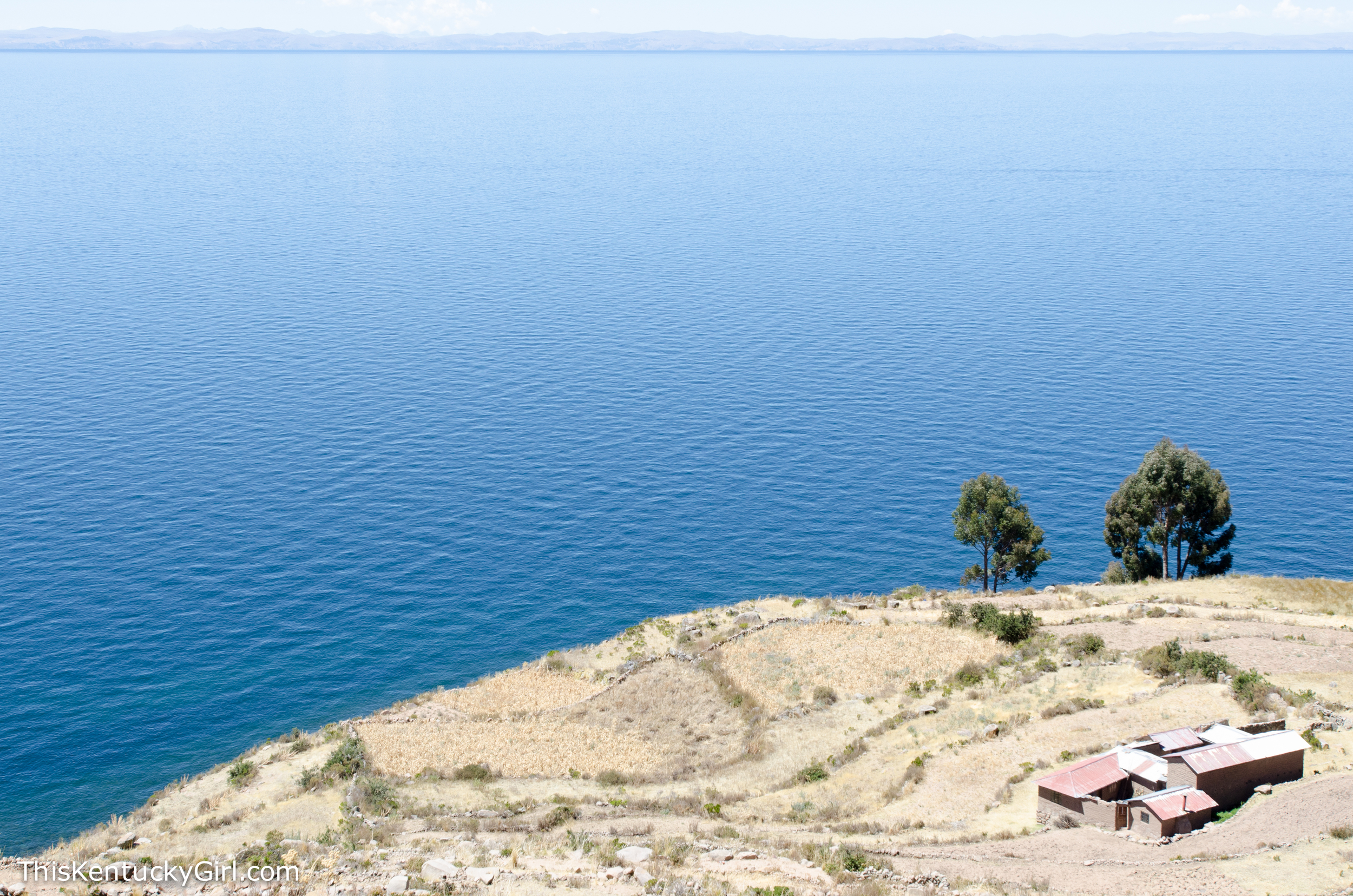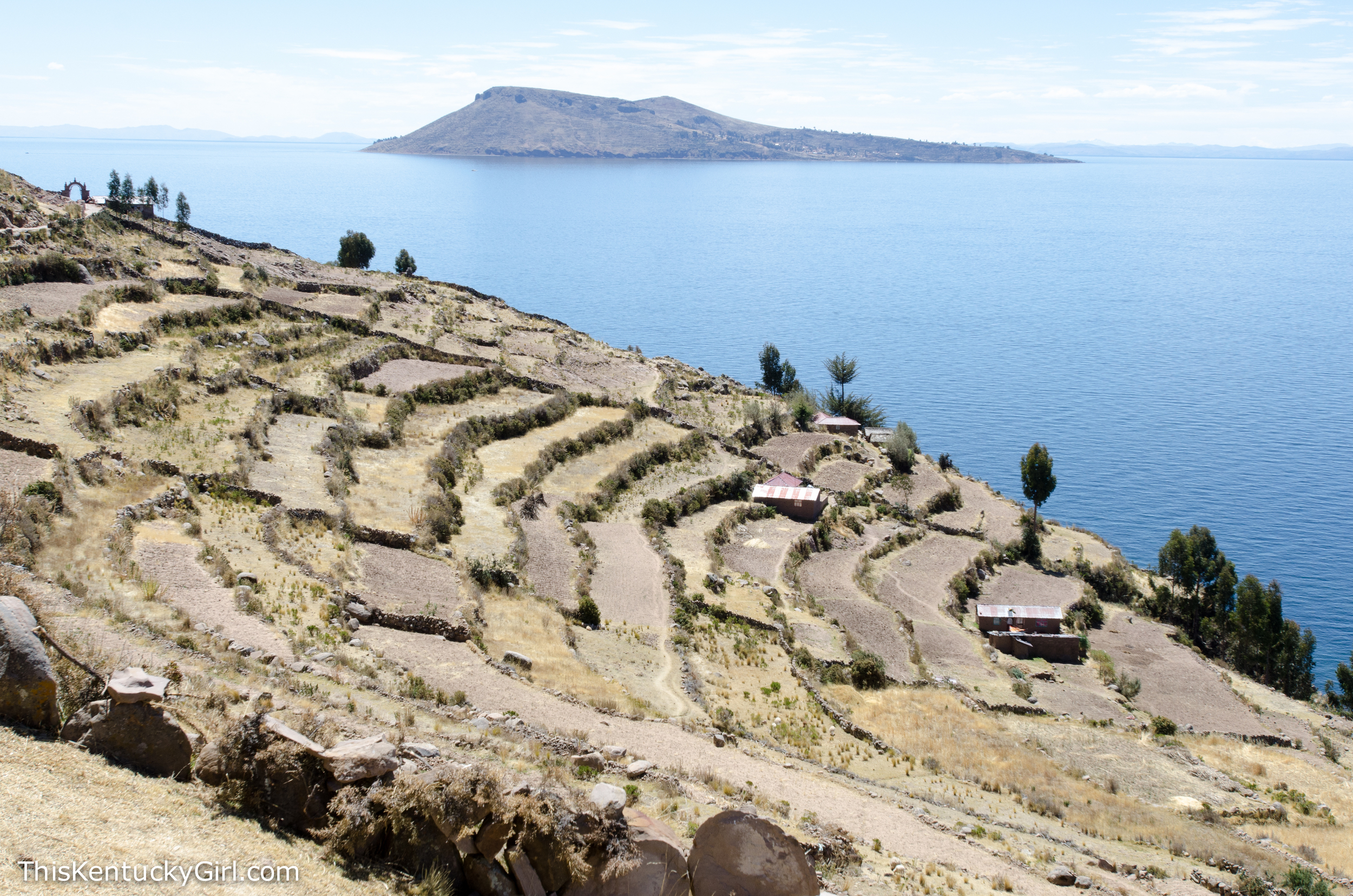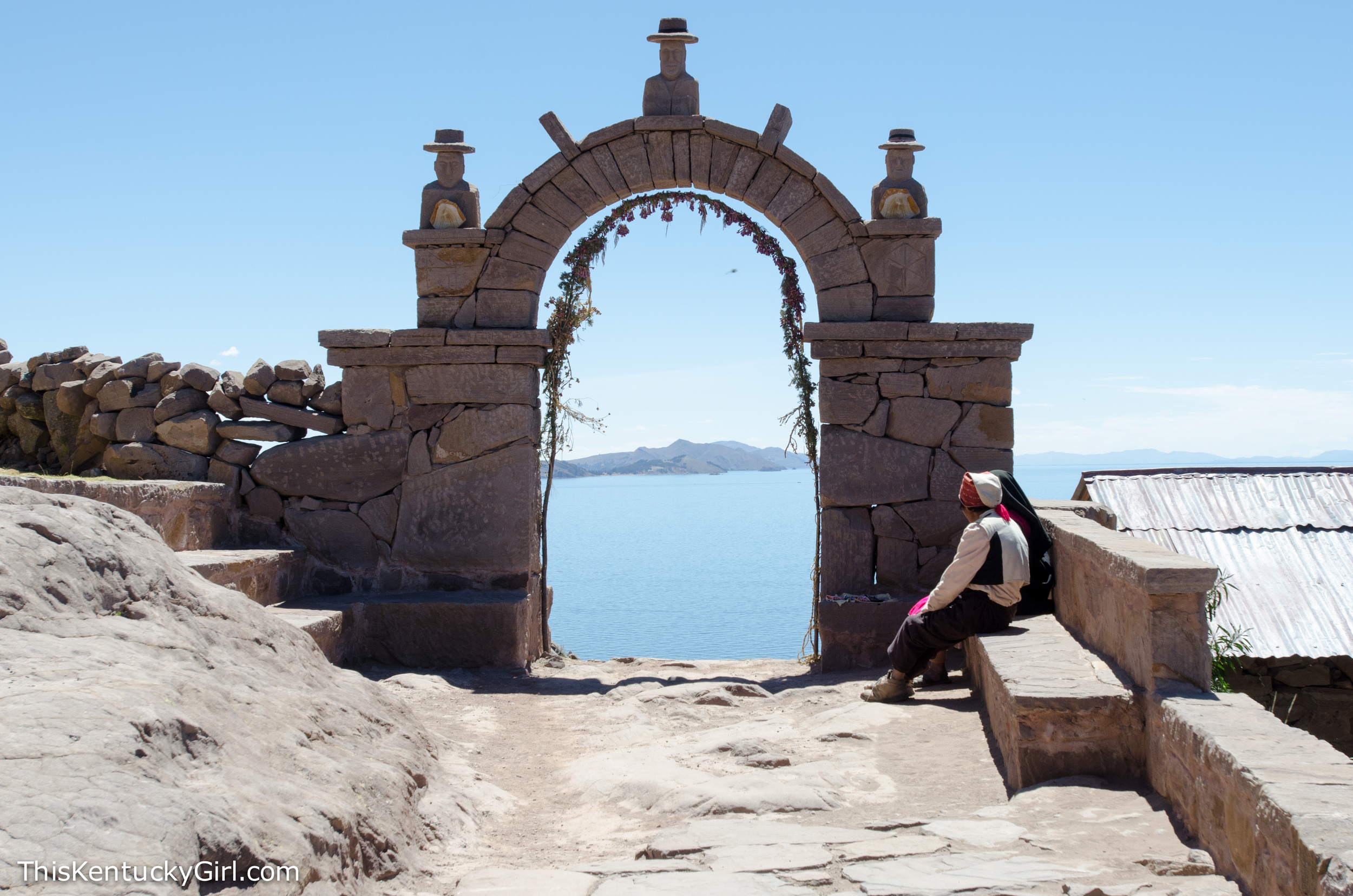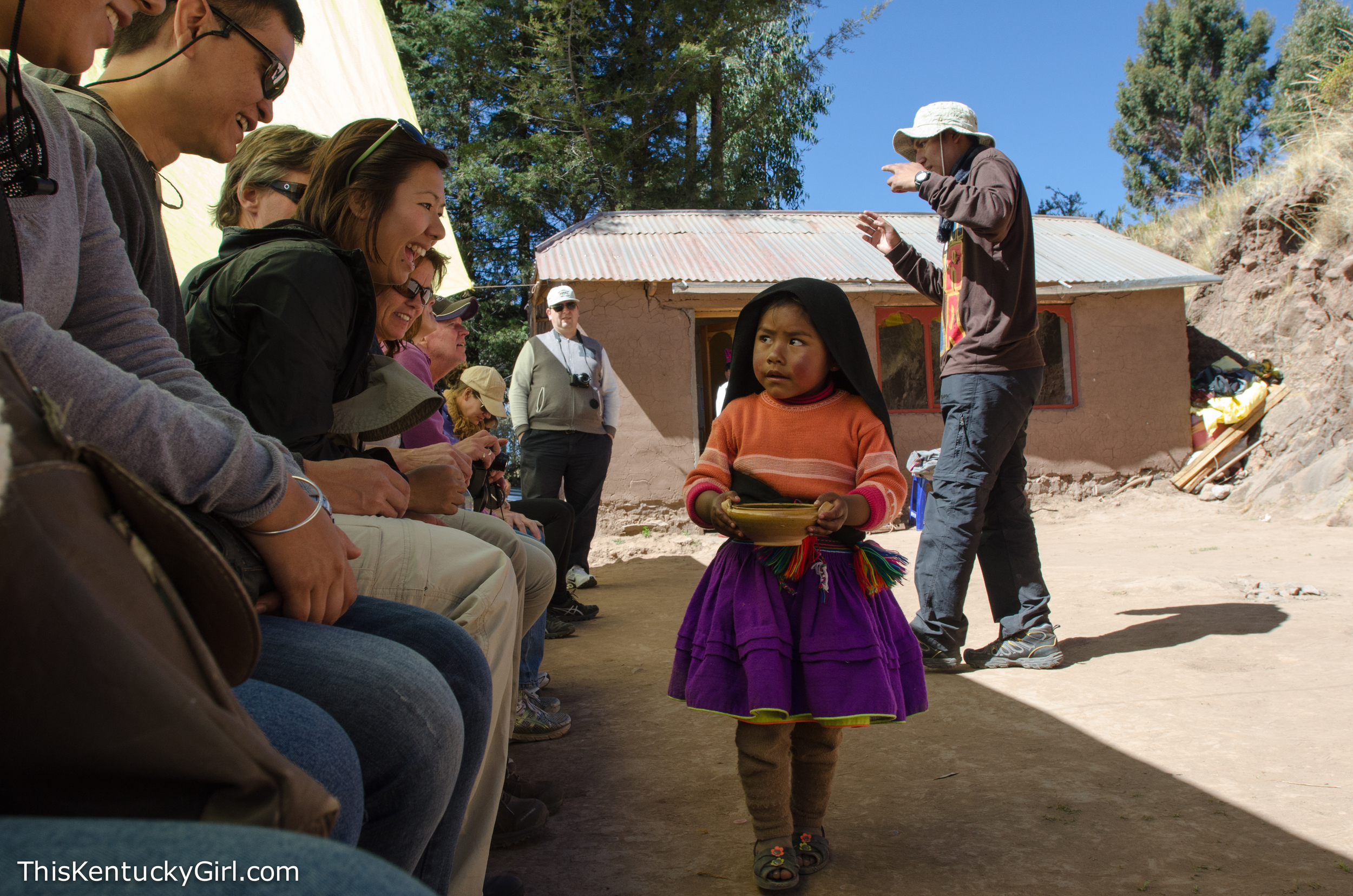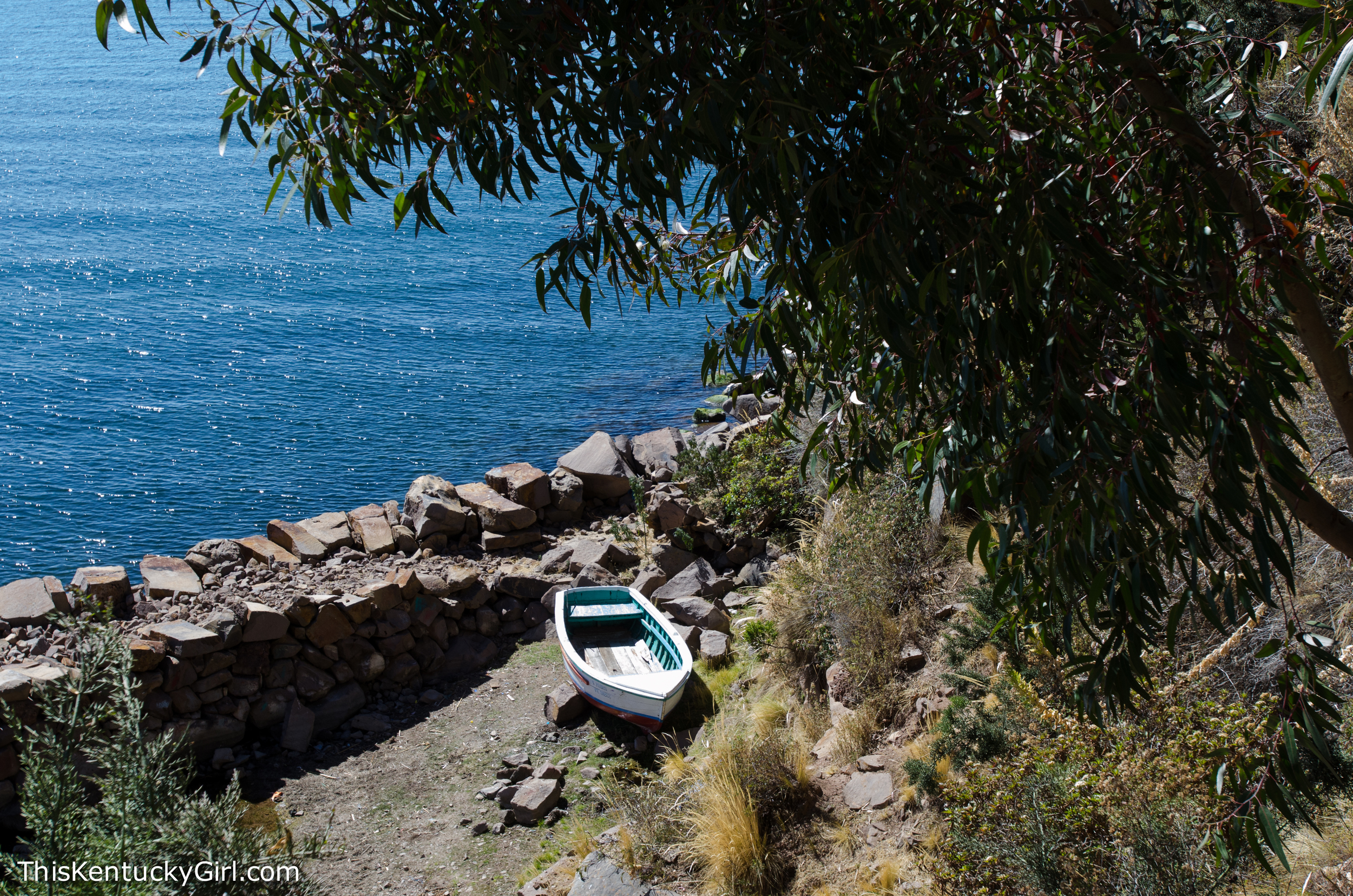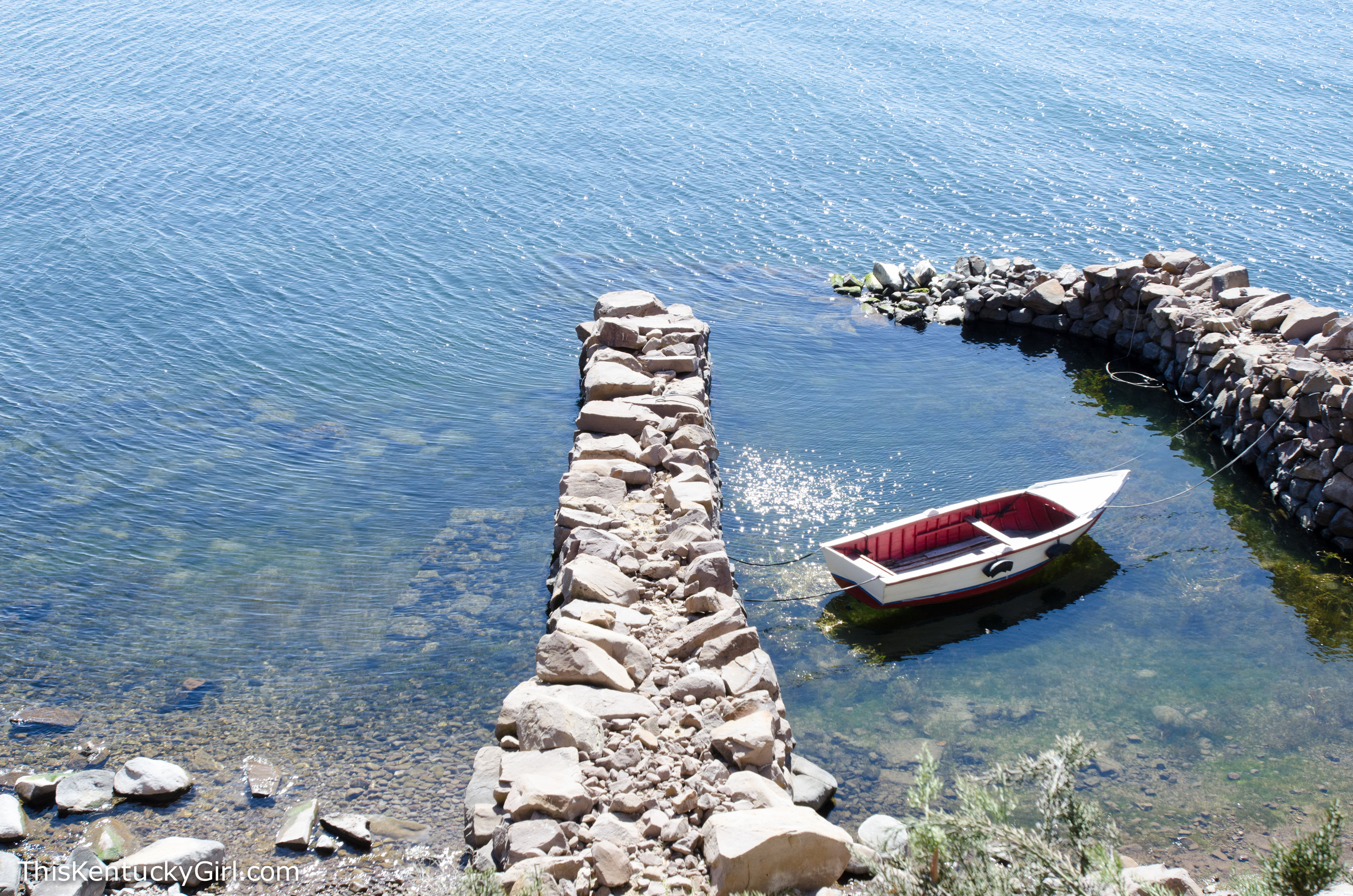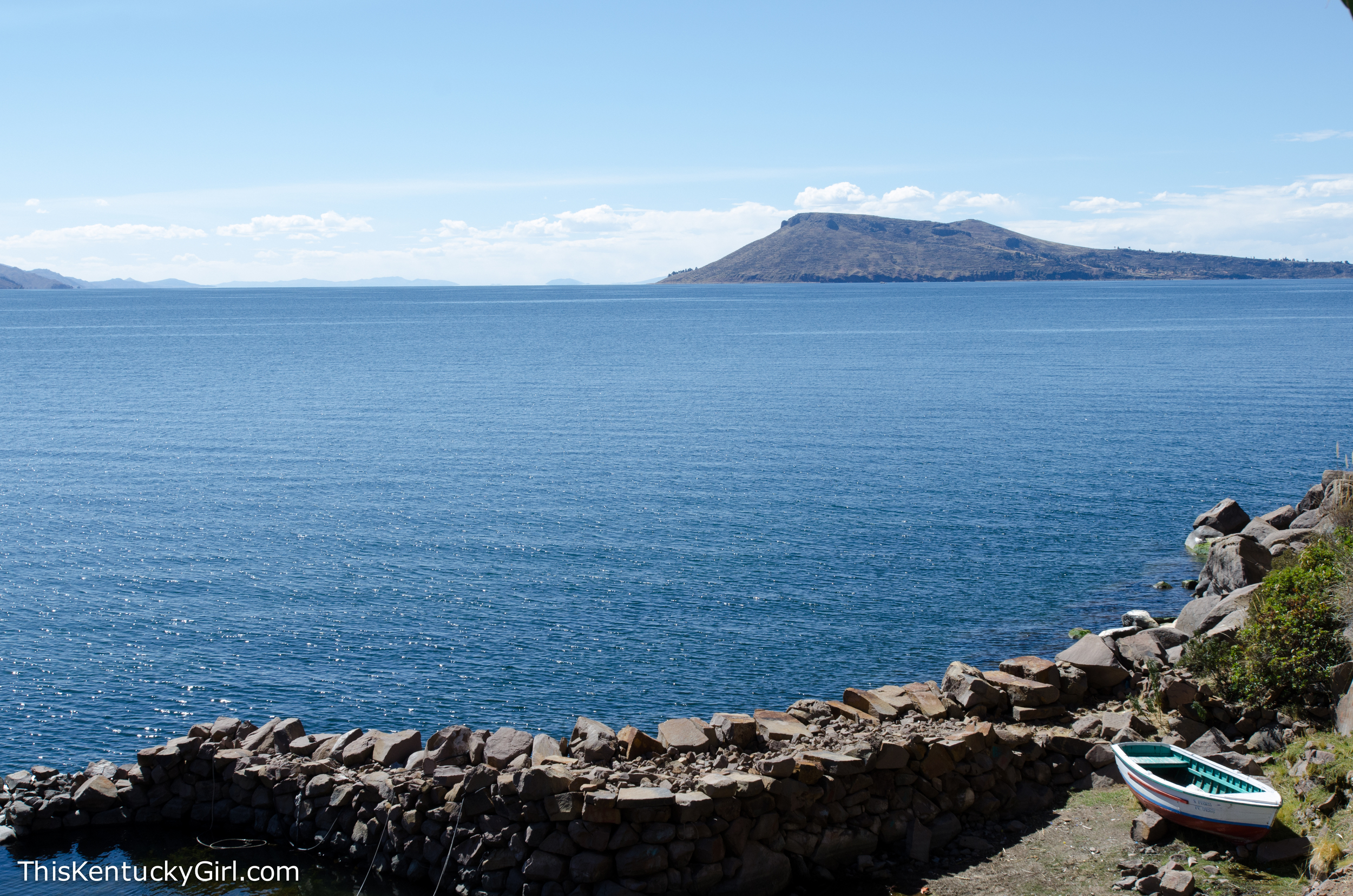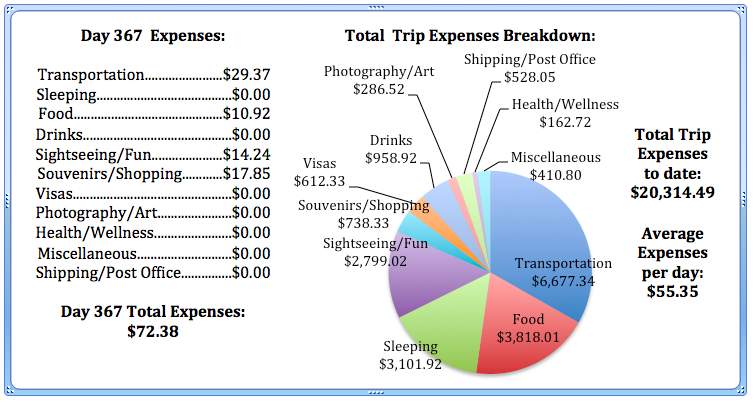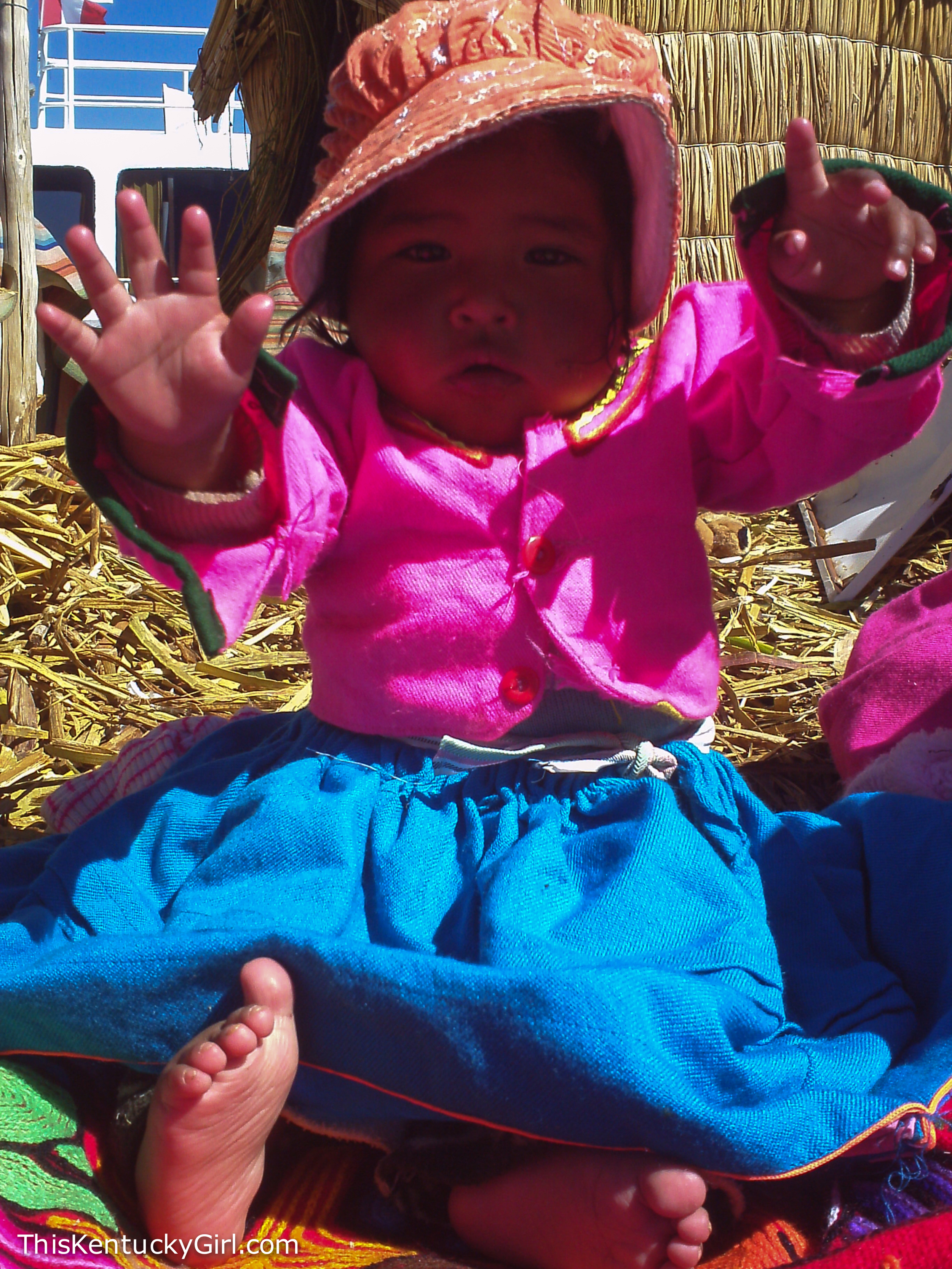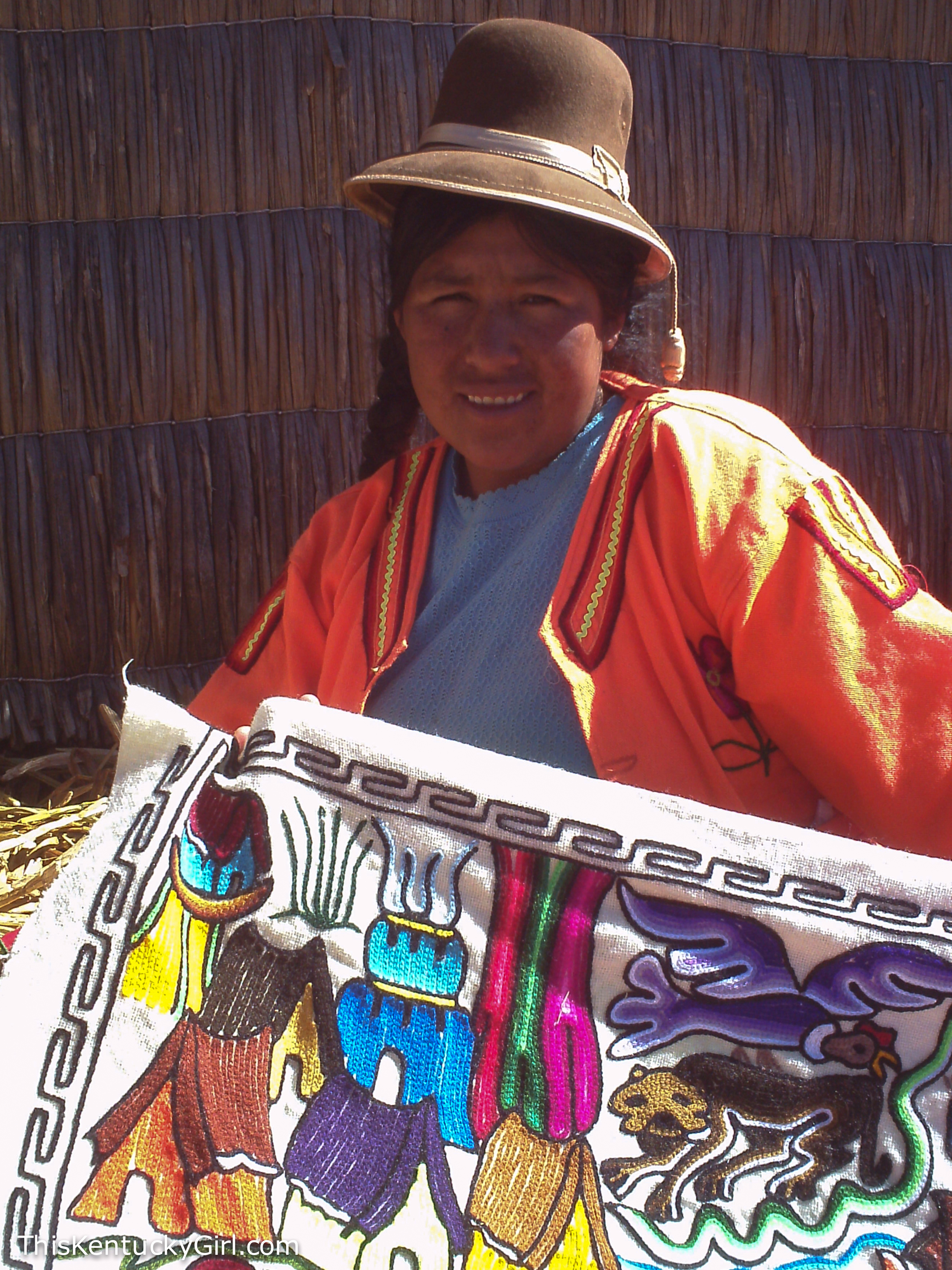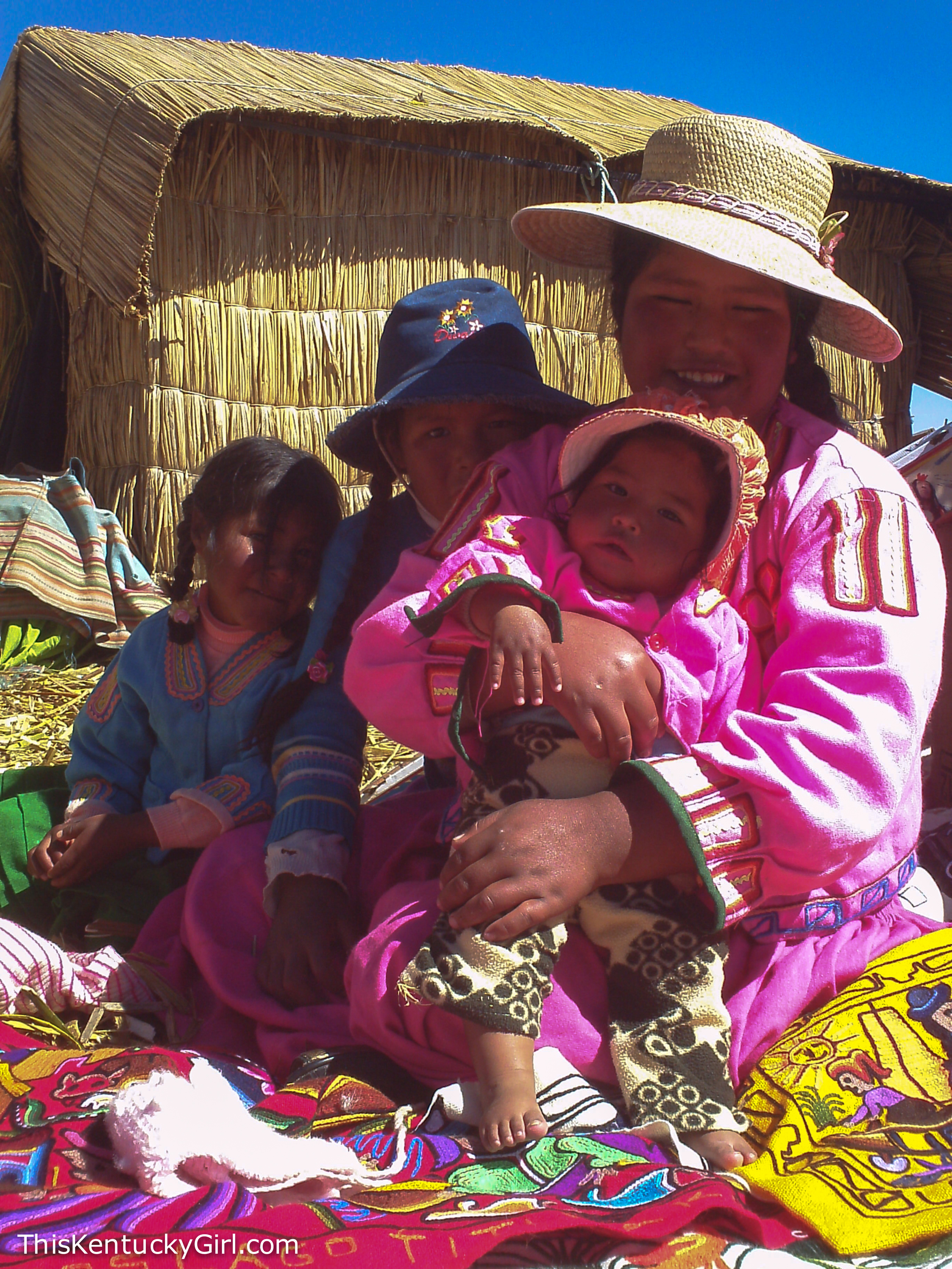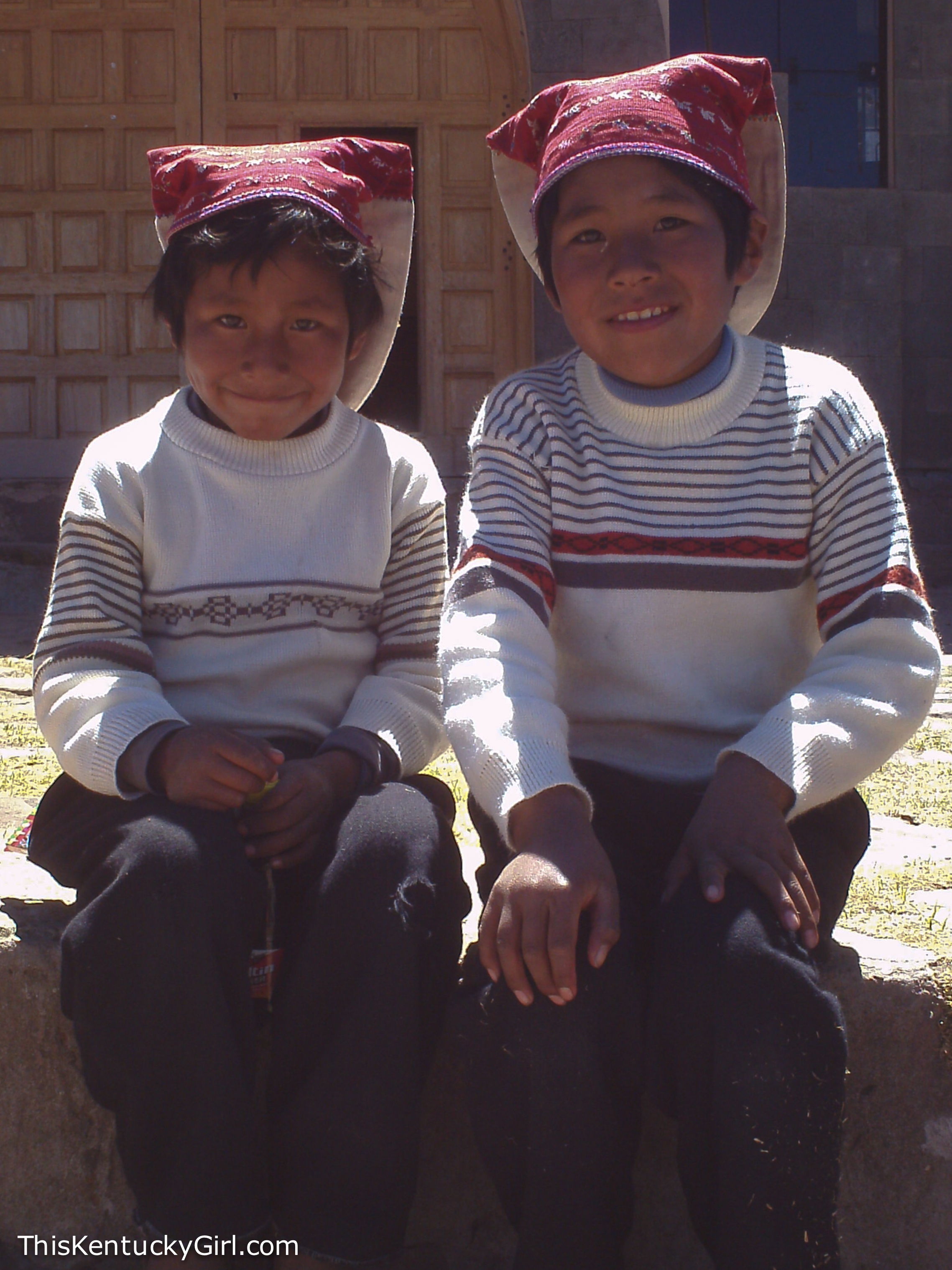Whale watching has been on my to-do list for quite sometime now. And once I found out it was a possibility to do on this trip- in Northern Peru, or in Ecuador, I got excited. I may have even started singing Will You Be There in my head every time Andrew and I discussed when and where we were going to go whale watching. Once we decided we were going to go whale watching off the coast of Puerto Lopez, I may have wondered what the chances were of a whale breaching over me standing on top of our boat with my arms outstretched while water rained down over me. Although we were on the tail end of the season, other travelers we had met had good luck seeing some whales and we thought it was worth a try. The humpback whales stop along the coast of Ecuador between June and September to mate and give birth before heading to the polar waters. So we hoped to catch a few loiterers on their way out. We also decided to take a tour of the Isla de la Plata. It’s known as ‘The Poor Man’s Galapagos’ so if we didn’t see any whales, at least we’d see some other animals and birds on the island!



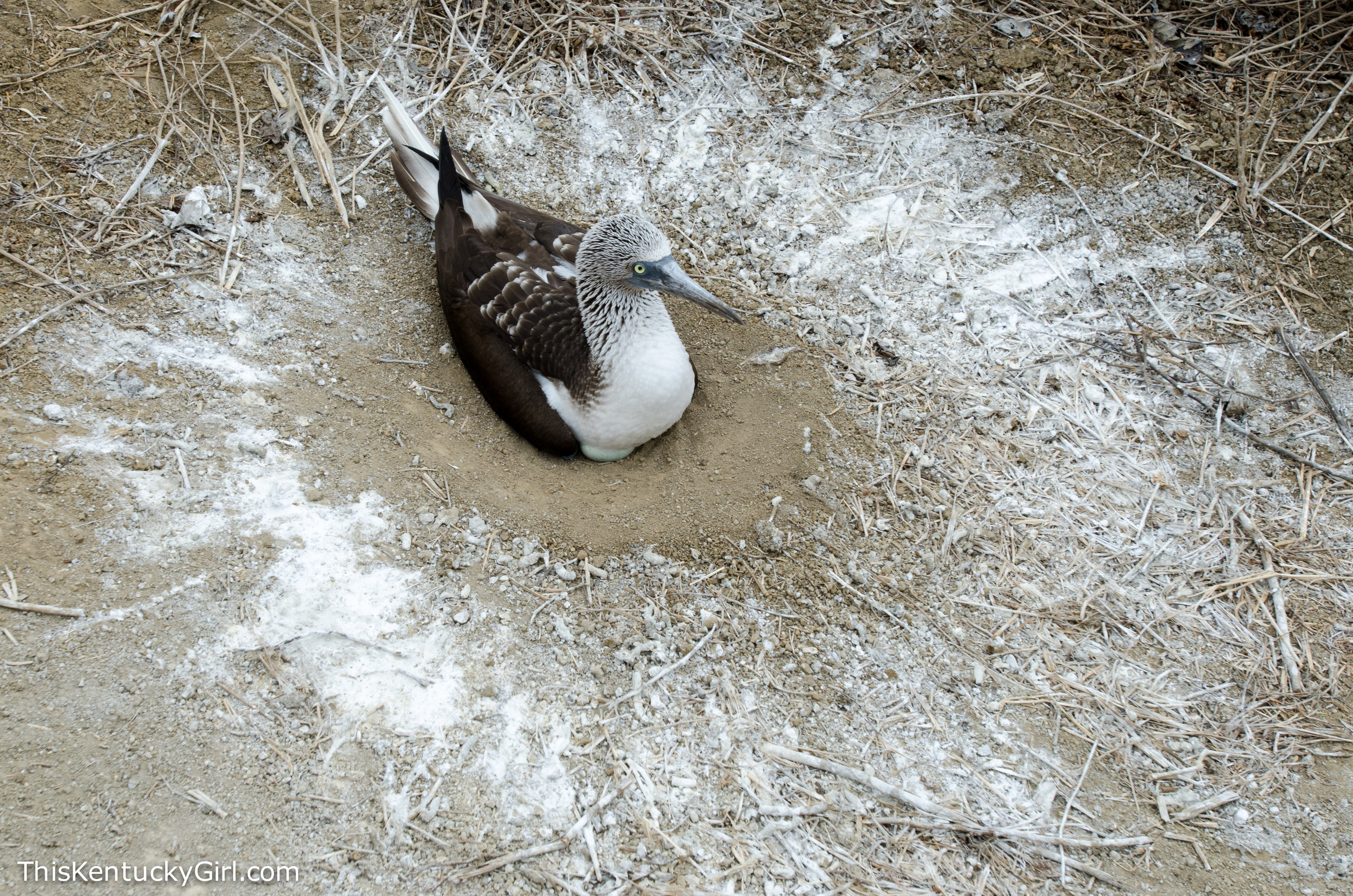
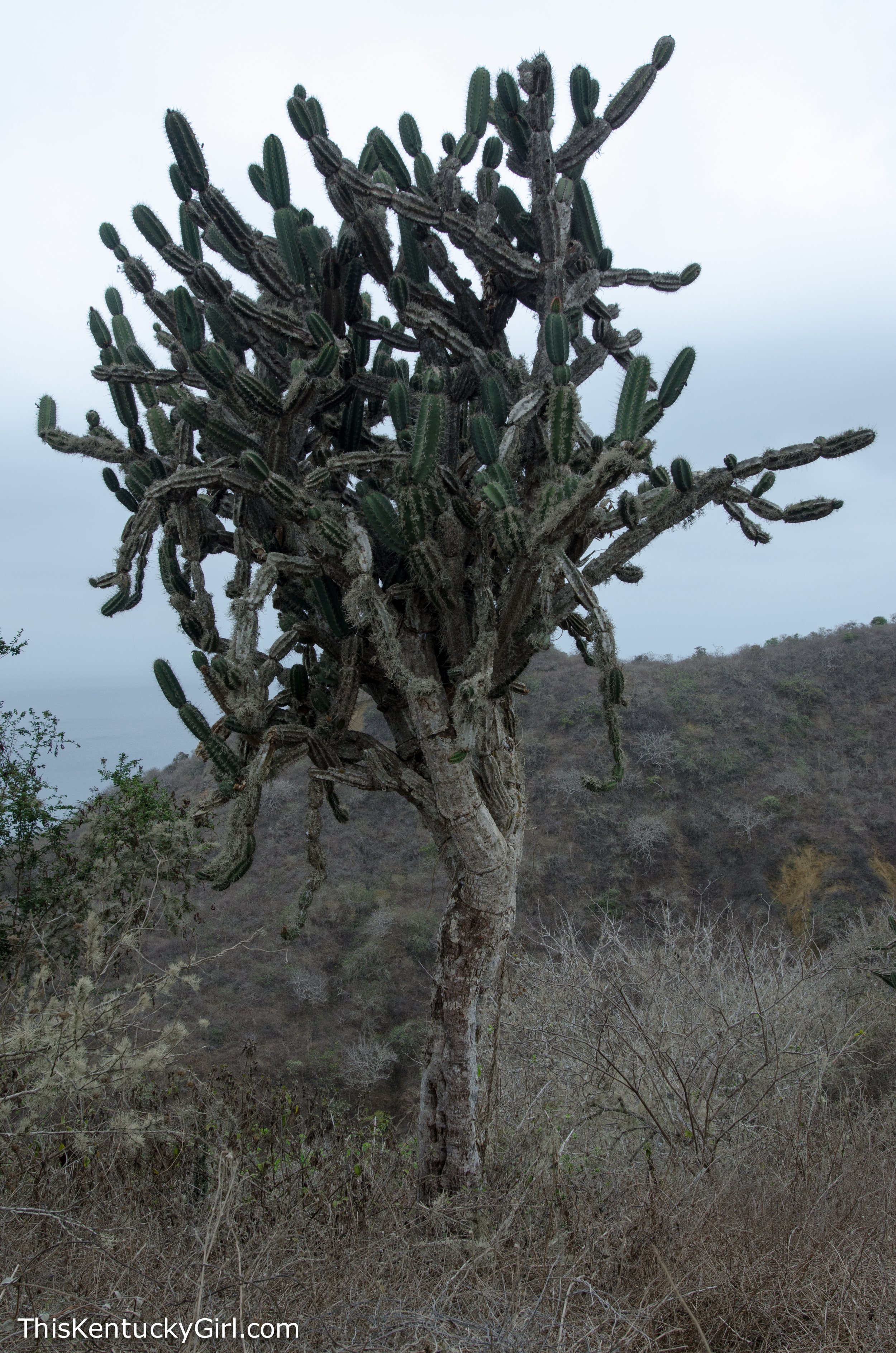

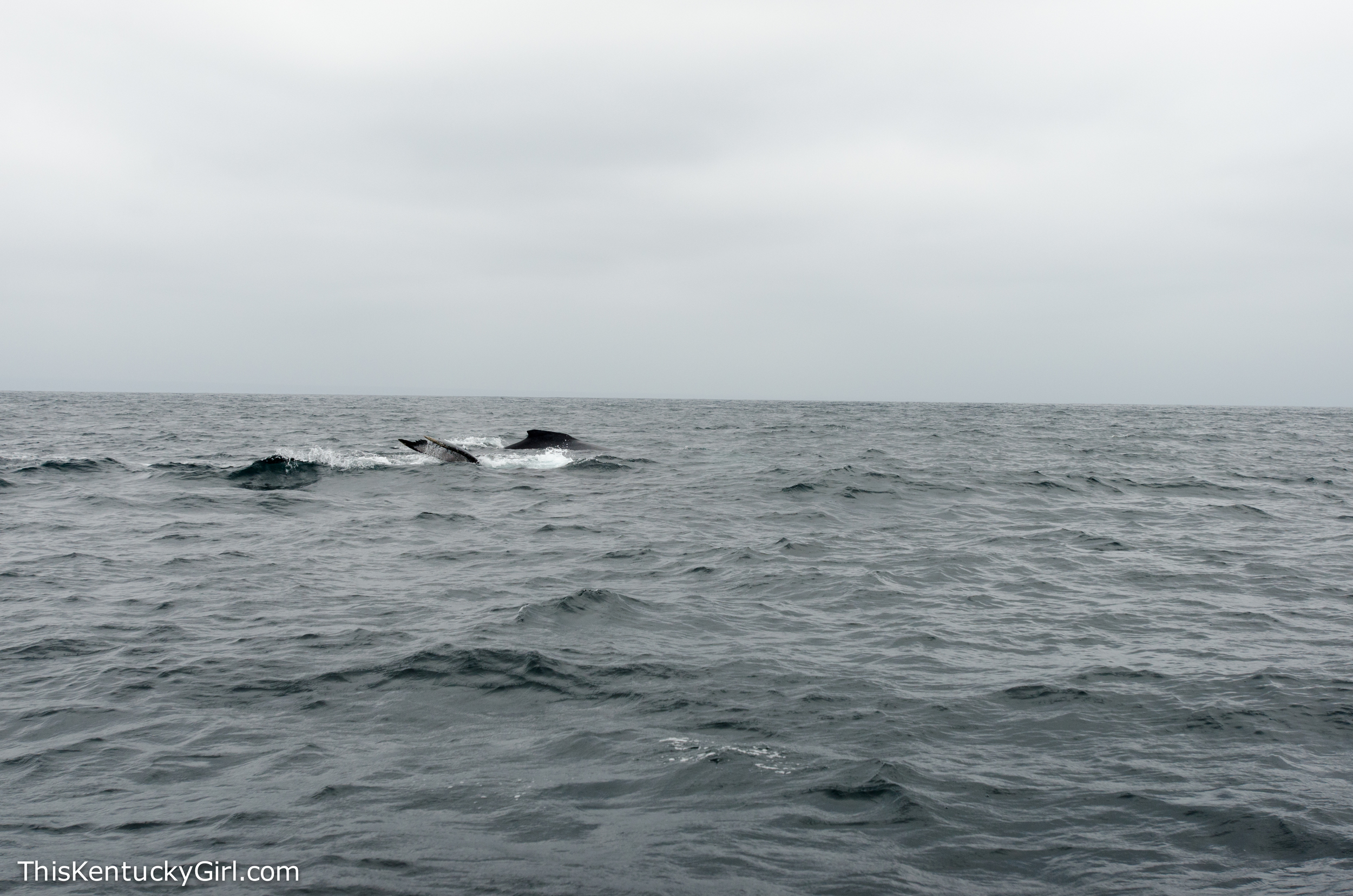
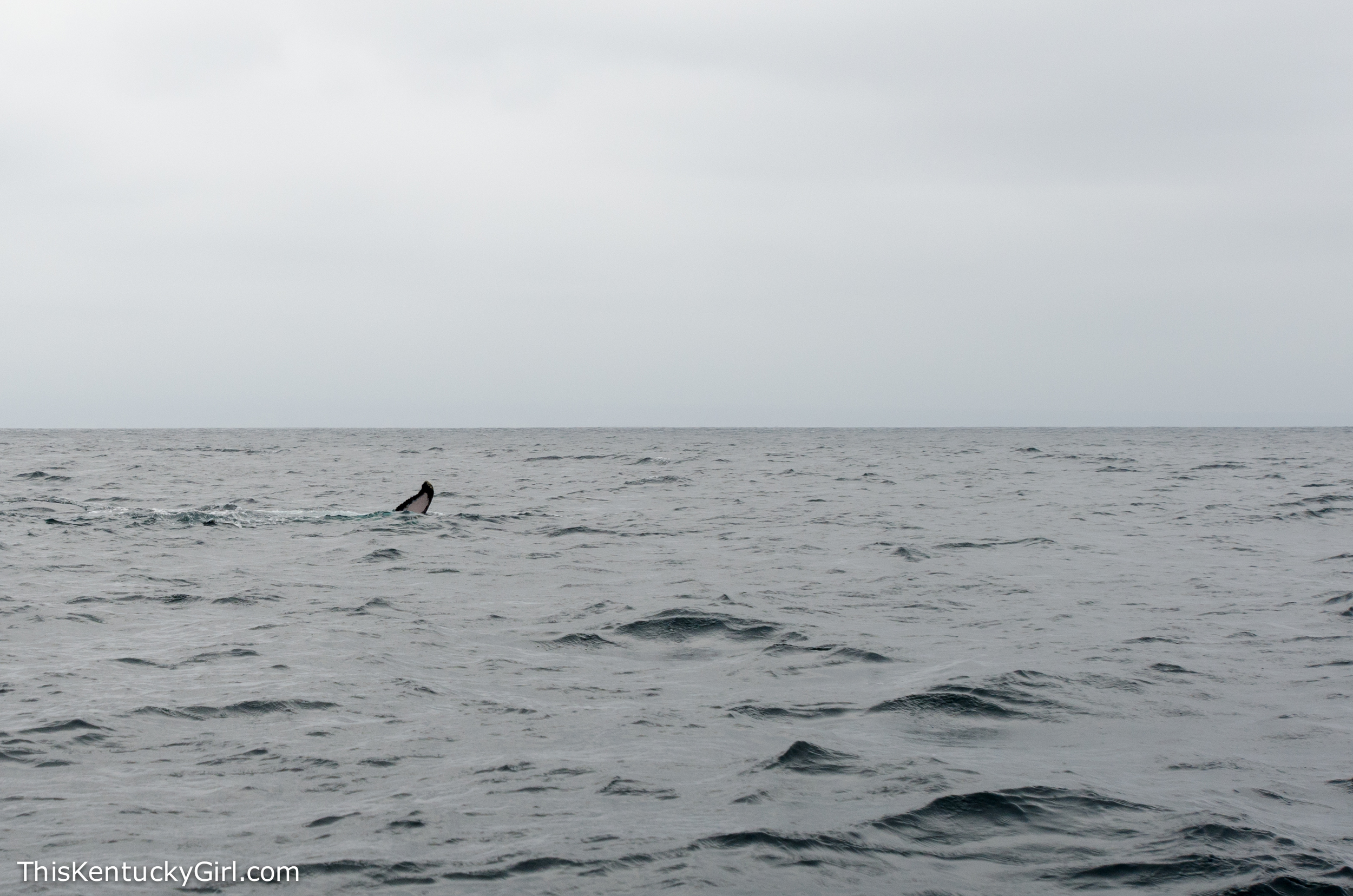

When I first heard that the whales mate and give birth during that time period off the coast of Ecuador, I wondered how long the gestation period is, thinking it had to be impossible for an entire whale to be made within a couple of months. According to Wikipedia, Females typically breed every two or three years. The gestation period is 11.5 months, yet some individuals have been known to breed in two consecutive years. The peak months for birth are January, February, July, and August, with usually a one- to two–year period between humpback births. They can live up to 48 years.
That answered a few questions.
Our guide also told us that if the whales were moving fast, they would need to surface often for air. If they were hanging out in the water, chances are we wouldn’t see them that often. On our way to the island, we saw one whale surface and could see water being blown up a couple of times, but then the big guy disappeared.
As our boat pulled up to the island, sea turtles swam around in the bay reminding me and Andrew of our sea turtle experience in Zanzibar. Now, I’m all for hiking and trekking through natural habitats, but had I known what (little) we were in store for, I would not have paid extra to take a tour of the Isla de la Plata. Birds are cool, but only seeing two species of birds when we were expecting more, and other animals as well, was a bit of a let down. Here’s some Booby pictures for you nonetheless. I feel it’s my duty to mention that halfway through our trek on the island, Andrew leaned in and whispered “I never thought I’d hear this come out of my mouth… but I’m a little tired of all of the Boobies.” I couldn’t have agreed more.
We walked to a few high points of the island, dodging Blue-footed Boobies all along the trail. They like to nest in open areas. The island was mostly covered in scrub brush and thorny looking plants and a few trees. The only open areas were the paths that were cleared for visitors. We had to walk in single file past each nest and weren’t able to stop. Some Boobies would get scared, and you could see their throat fluttering, pulsing even, but they would never leave their nest. They were interesting to see, but between them, and the numerous Frigatebirds on the island simply didn’t leave me begging to stay on the island.
After we walked around the island, we were served lunch (sandwiches and fresh fruit) and then immediately after we were finished eating, it was time to snorkel. Like our guide never had a 10-20 minute time-out from swimming rule after eating or something. Andrew and I both got in, but my first mask was broken and then by the time I got a good mask, I realized the water was too cloudy to see anything anyway and it was time to go. (I now look forward to our future shorter vacations where I can more easily bring along my own snorkel gear!)
I worried slightly that we were just going to head back to Puerto Lopez, and not get a chance to look for any more whales. But we headed further away from the island (and the mainland) in search of more! We saw quite a few, but right as half of us turned to sit down, the other half of the boat gasped as the whale we were just following breached in the distance. Of course, I missed it. Later, another whale seemed to follow right alongside our boat for awhile, but the pictures simply didn’t turn out. The most I was able to capture was several backs protruding out of the water and fins that were playfully slapping the water. It was like some of the whales knew we were there, knew we were watching and wanted to show off. Another couple of travelers we met, got really lucky and saw the same whale breach several times. They too, said they thought he (or she) was showing off.
We probably didn’t see much, compared to how much we would have been able to see had we been in Ecuador a couple months ago. But it was breathtaking nonetheless. These whales are just so enormous that it makes you wonder how it’s even possible for something so big to exist in the first place. And so peaceful. They swim about, look like they are playing, and if you’re lucky enough you get to see it all. Amazing. This earth is simply amazing.
